Film adaptations of popular works, especially comics, anime, and novels, often generate high expectations among fans. However, they don't always live up to these expectations, and many of them receive fierce criticism.
In some cases, the filmmakers' decisions result in versions of the characters and worlds we love that are so far removed from the original essence that fans can't help but feel betrayed. From drastic story changes to casting choices that completely clash, some adaptations have stuck in fans' memories for all the wrong reasons.
Today we want to show you some of the film or television adaptations that were highly anticipated but ended up disappointing.
Percy Jackson & the Olympians: The Lightning Thief - IMDb: 5.9
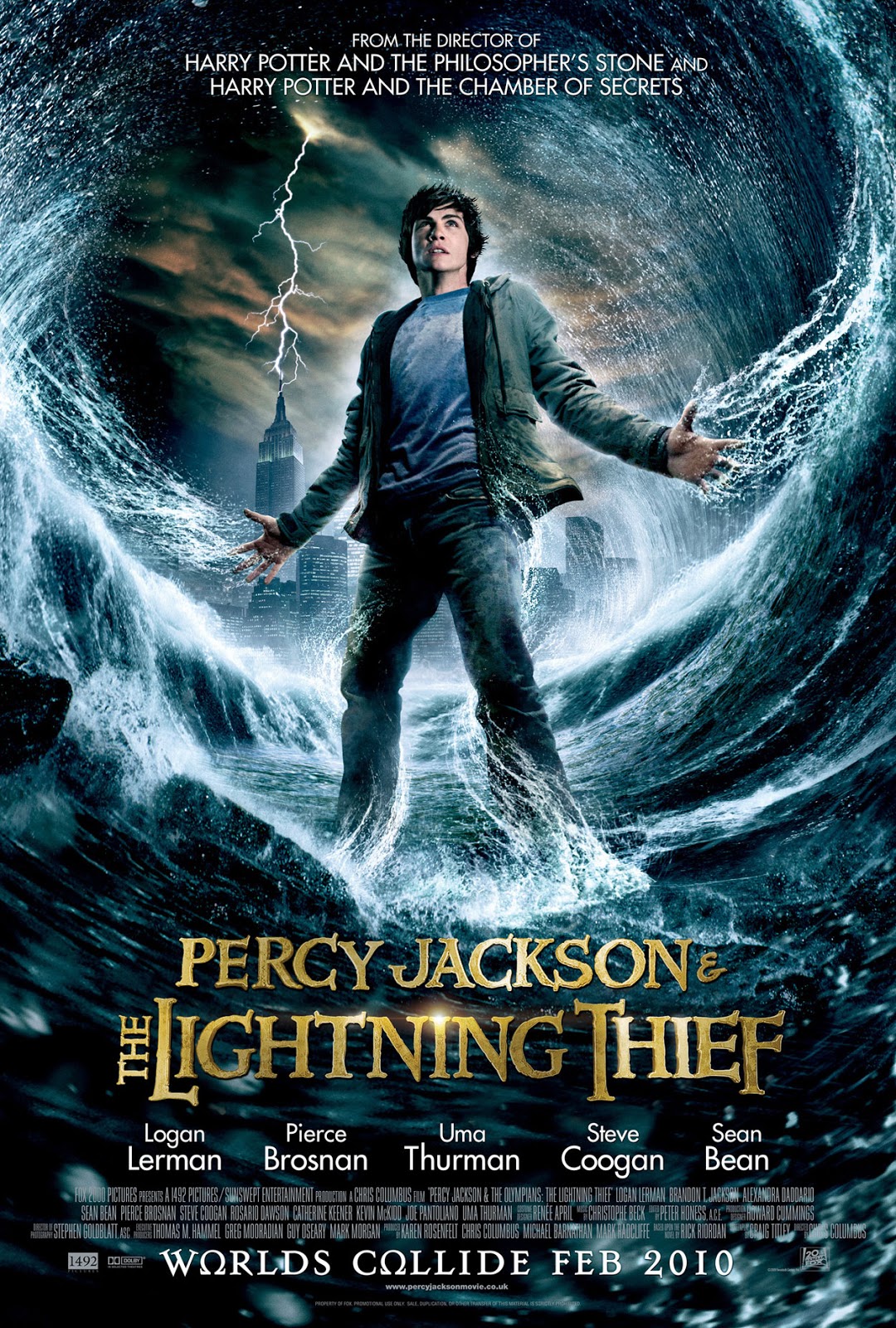
When the adaptation of Percy Jackson and the Lightning Thief was announced, fans of Rick Riordan's novels were excited to see the world of the demigods come to life. However, what promised to be the beginning of an epic saga quickly became an example of how not to adapt a young adult best-seller.
Some of the details that bothered fans the most were as follows:
Character ages: from teenagers to young adults
One of the biggest mistakes was changing the age of Percy and his friends. In the book, Percy is 12, making him relatable to the young audience. In the movie, the characters were aged up to older teenagers, taking away much of the “growth and discovery” essence that defines the series. Percy’s story is about a boy discovering his identity and learning to overcome challenges. By making them older, many key moments, such as their insecurities or the process of acceptance, felt irrelevant or forced.
Drastic Plot Changes
The film departs significantly from the book, removing subplots and altering key events:
- The role of Ares, god of war, was completely removed, leaving a major gap in the narrative. In the book, Ares plays a crucial role as the antagonist who manipulates the events behind the theft of the lightning bolt.
- The omission of characters like Clarisse La Rue, daughter of Ares, also took away depth from the conflict at Camp Half-Blood.
All of this resulted in a streamlined plot that felt rushed and incomplete to loyal readers.
Rick Riordan's reaction
Author Rick Riordan himself has been very vocal about his dissatisfaction with the adaptation. He has repeatedly stated that he was never involved in the production and that the creative decisions made by the team did not represent his vision.
The Witcher - IMDb: 8.0
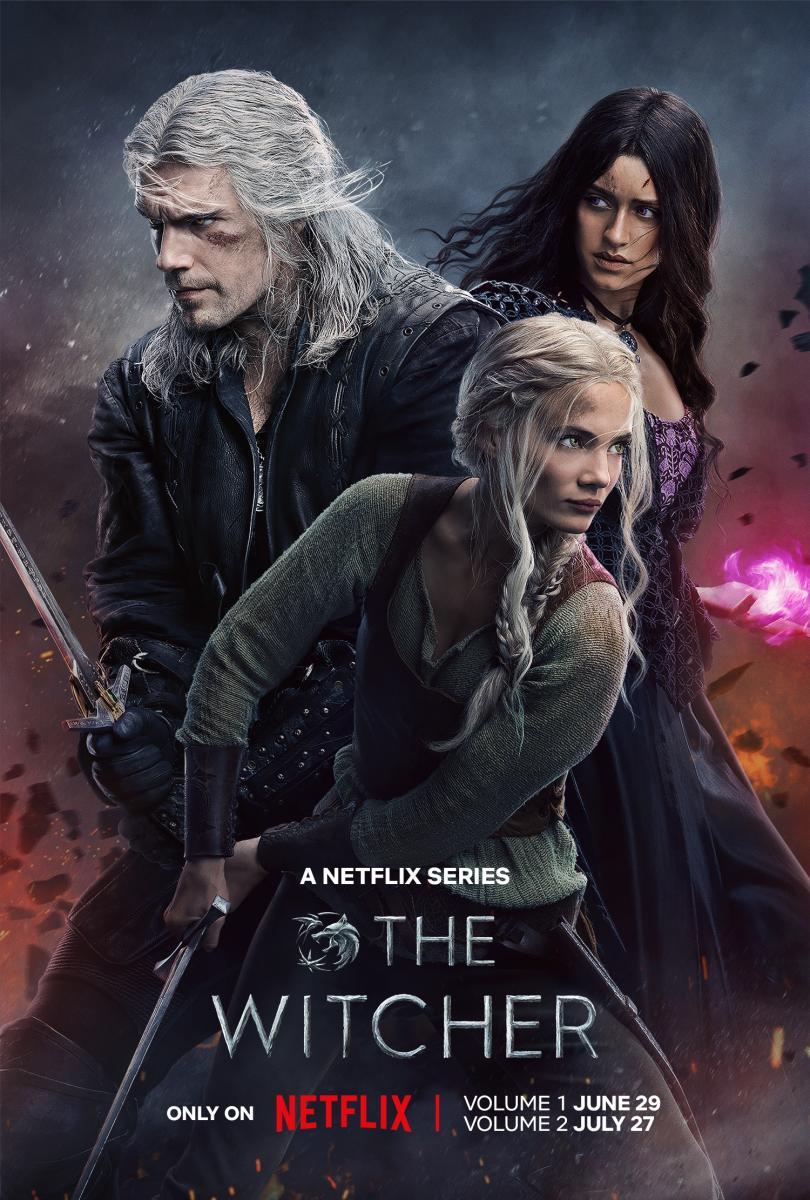
Since its release, The Witcher, the ambitious adaptation of Andrzej Sapkowski's novels, has been the subject of constant debate. While the first season was well-received, with Henry Cavill as a convincing Geralt, the creative decisions of subsequent seasons have left many fans frustrated. But what really happened?
Narrative changes and deviations from the source material
The Netflix series began by following Sapkowski's short stories reasonably faithfully, especially in the first season, but over time it deviated drastically from the central plot of the novels.
- Modified or invented characters:
One of the most controversial points was the introduction of new stories and characters that did not exist in the books. The most notable example was Eskel, a dear friend of Geralt who in the series was unrecognizable and, worse still, had a fate that does not correspond to canon. - Forced Yennefer Development:
In the second season, Yennefer's storyline moved away from her central role as a powerful sorceress and strategist, giving her a narrative that didn't resonate with either the books or fans.
Lack of Coherence in the World
Sapkowski's books are known for their dark tone, political undertones, and complex characters. However, the Netflix series was criticized for failing to capture this depth and instead re-imagining the characters' story. resorting to clichés and simplifications.
- Problems with timeline:
The first season confused many viewers by presenting non-linear timelines without sufficient context. Although this structure was corrected in the second season, it left an initial negative impression. - Visual and narrative inconsistencies:
Some fans pointed out that the production quality, especially in costume design and visual effects, was not always up to par, which affected immersion in the universe.
Henry Cavill's departure: an irreparable blow
The announcement that Henry Cavill would leave the series after the third season was the turning point for many. Cavill, a self-confessed fan of The Witcher, had been one of the biggest draws of the adaptation, thanks to his portrayal of Geralt and his respect for the source material.
While exact details have not been confirmed, rumors suggest that Cavill had creative disagreements with the showrunners due to constant changes in the narrative and a lack of faithfulness to the books.
Cavill's replacement by Liam Hemsworth has sparked skepticism. Many fans feel that the series will not be the same without Cavill, and some have even stated that they will not continue watching the series.
Avatar: The Last Airbender (2010) - IMDb: 4.0
When the live-action adaptation of Avatar: The Last Airbender was announced, fans of the critically acclaimed Nickelodeon animated series were excited. However, the result was so disastrous that M. Night Shyamalan's film is still remembered as one of the worst adaptations ever. From unrecognizable character changes to a shallow script, this film managed to anger almost all fans of the franchise.
Controversial casting
The casting of primarily white actors for characters that in the series are inspired by Asian and Inuit cultures generated a wave of criticism. Even though the Fire Nation villains were played by actors of Indian descent, the rest of the cast did not reflect the cultural diversity that was a central part of the Avatar universe.
The impact of the casting:
- In the series, each nation is carefully inspired by real-world cultures, such as Tibet, Japan, China, and the indigenous peoples of Alaska.
- The film ignored this context, making the world feel less authentic and culturally rich.
Rushed narrative pacing
The film attempted to condense the entire first season of the series into less than two hours, resulting in a messy and rushed narrative.
- Key moments, such as Aang's emotional connection with Katara and Sokka, were virtually nonexistent.
- The complex story of Zuko's exile and internal struggle was superficially covered.
The charm of the series lay in how it balanced action, humor, and character development, something the film failed to convey.
The absence of humor and heart
In the series, Aang is a cheerful and peppy character, even in the most difficult situations. However, in the film, Aang was presented as a serious and gloomy character, removing much of his charm.
- Katara, who in the series is a strong and optimistic leader, feels flat and purposeless in the film.
- Sokka, the comic relief of the group, was stripped of his sense of humor, leaving a void in the team dynamic.
The lack of humor and emotion made the film a cold and boring experience, taking it away from the warm and hopeful tone of the series.
The Hobbit: An Unexpected Journey - IMDb: 7.8
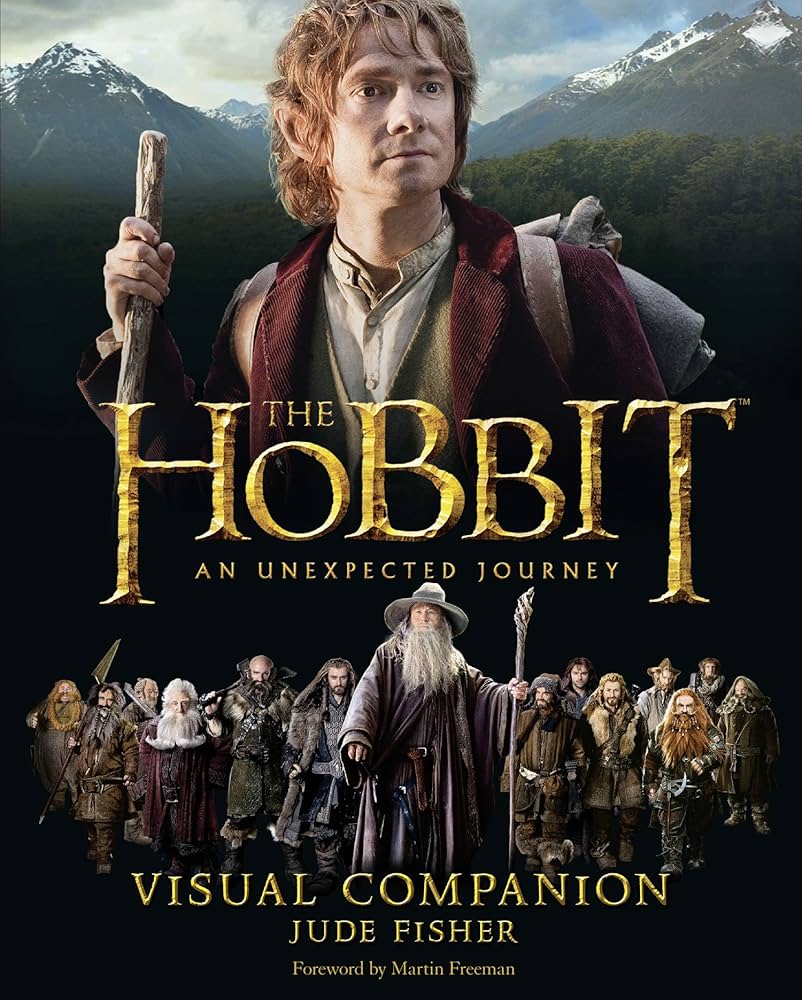
When Peter Jackson decided to adapt The Hobbit, the children's work of J.R.R. Tolkien, fans were expecting a new cinematic gem after the resounding success of The Lord of the Rings. However, the decision to split a book of just over 300 pages into three films of almost three hours each resulted in a trilogy that received critical acclaim. for being unnecessarily bloated, lacking the magic of the source material, and riddled with questionable decisions.
Why three movies for a short book?
The most glaring problem was the decision to expand a short story into three feature-length films. While The Lord of the Rings needed three films to encompass its epic story, The Hobbit didn't have enough content to justify this extension.
- Filler material: Characters and plotlines that weren't in the book were added, such as the romance between Tauriel (a made-up character) and Kili, and the expanded role of Azog the orc as the main villain.
- Unnecessarily epic tone: Instead of keeping the light and adventurous tone of the book, Jackson tried to replicate the dark and epic tone of The Lord of the Rings, which did not fit well with the essence of The Hobbit.
Many scenes felt artificial, with long action sequences that lacked narrative purpose.
Changes from the source material
Decisions to change the focus and add romantic elements were perceived as desperate attempts to lengthen the plot and appeal to a wider audience.
- Added characters: The introduction of new characters, such as Tauriel, upset the balance of the story and generated controversy among fans.
- Expanded battles: Battles were depicted in a more epic and bloody manner than in the book, creating a darker, less childlike tone.
- Added elements: Elements of Middle-earth mythology that were not present in "The Hobbit" were incorporated, which sometimes created inconsistencies with the "Lord of the Rings" trilogy.
A production with problems behind the scenes
The production of The Hobbit was plagued by complications from the start. Guillermo del Toro, who was originally set to direct, left the project after several delays, leading to Peter Jackson taking over on a limited-time basis.
- Rush production: Jackson has admitted that he didn't have enough time to plan like he did with The Lord of the Rings, resulting in rushed filming and post-production.
- Pressure from studios: Warner Bros. insisted on splitting the project into three films, a decision many consider purely commercial rather than artistic.
The behind-the-scenes problems were reflected in the final product, which lacked the cohesion and care that defined The Lord of the Rings.
Lord of the Rings: The Rings of Power - IMDb: 6.9
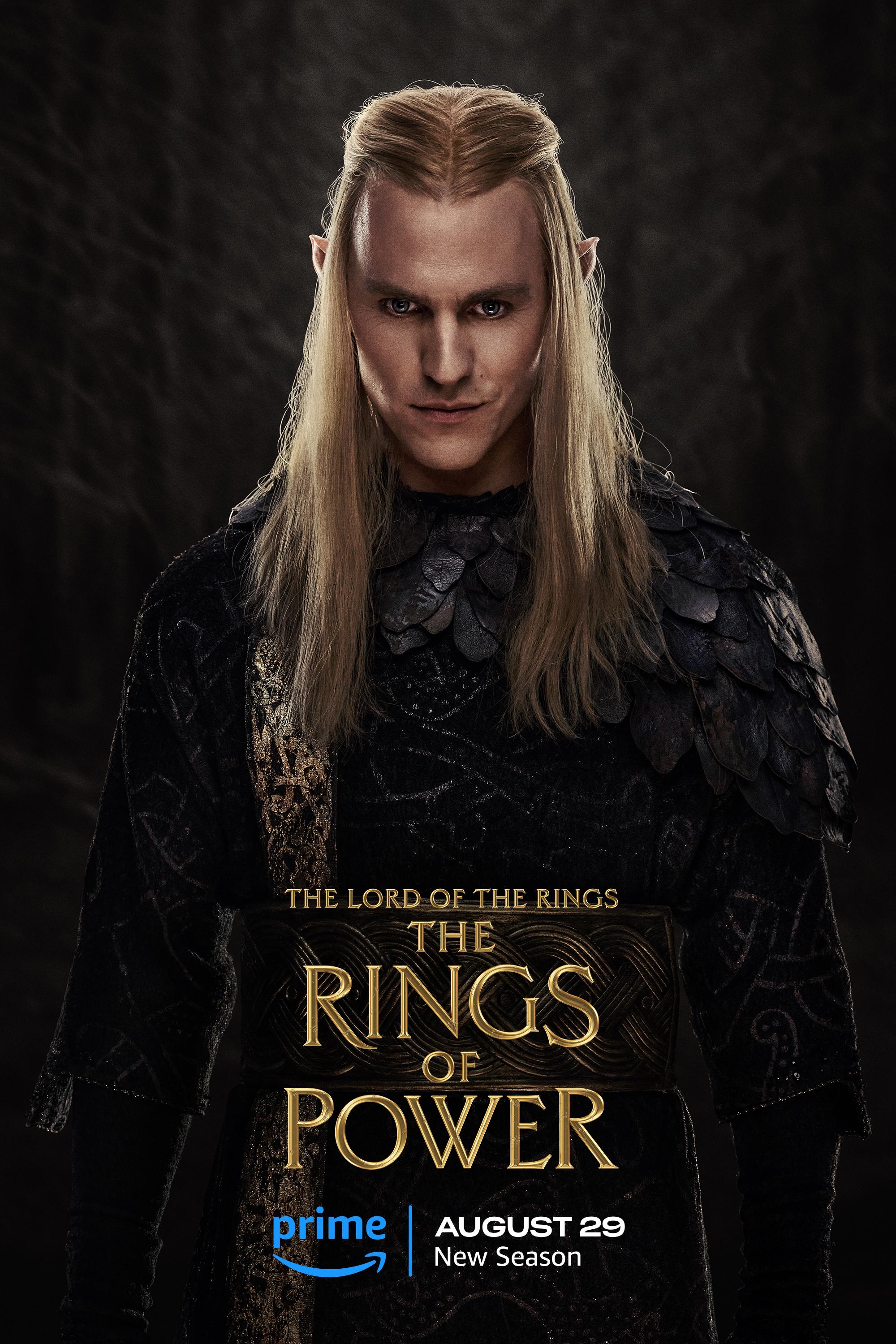
When Amazon announced The Rings of Power, a big-budget series based on the appendices to The Lord of the Rings by J.R.R. Tolkien, the expectations were enormous. However, the result divided critics and fans alike. The multi-million dollar production, intended to be a mainstay of the streaming era, was praised for its visual spectacularity but criticized for its storytelling, faithfulness to the source material, and creative decisions.
The controversy over faithfulness to Tolkien
One of the most contentious points was the apparent lack of respect for Tolkien's source material.
- Creative license: Amazon acquired the rights to the appendices of The Lord of the Rings, but not to The Silmarillion or other key works detailing the Second Age. This led to significant changes to the timeline and characters in order to tell a coherent story.
- Condensation of events: In Tolkien's writings, the Second Age spans thousands of years. The series condensed events that occur over centuries, making characters like Galadriel seem omnipresent and creating inconsistencies in the narrative.
Many fans felt that the series failed to respect the depth and complexity of Tolkien's world, opting for a more accessible and simplified version.
Representation
The decision to include a more diverse cast in Middle-earth was a topic of great debate.
- Creators' position: The showrunners argued for diversity as a way to reflect a global and modern audience, arguing I was faithful to Tolkien's inclusive spirit.
- Diversity: The inclusion of characters of diverse races and backgrounds was met with both positive and negative criticism. Some considered it a step forward in terms of representation, while others saw it as a forced imposition that did not fit Tolkien's world.
- Female Characters: The depiction of female characters, such as Galadriel, sparked debate. Some considered it empowering, while others saw it as a deviation from the original character.
Batman v Superman - IMDb: 6.5
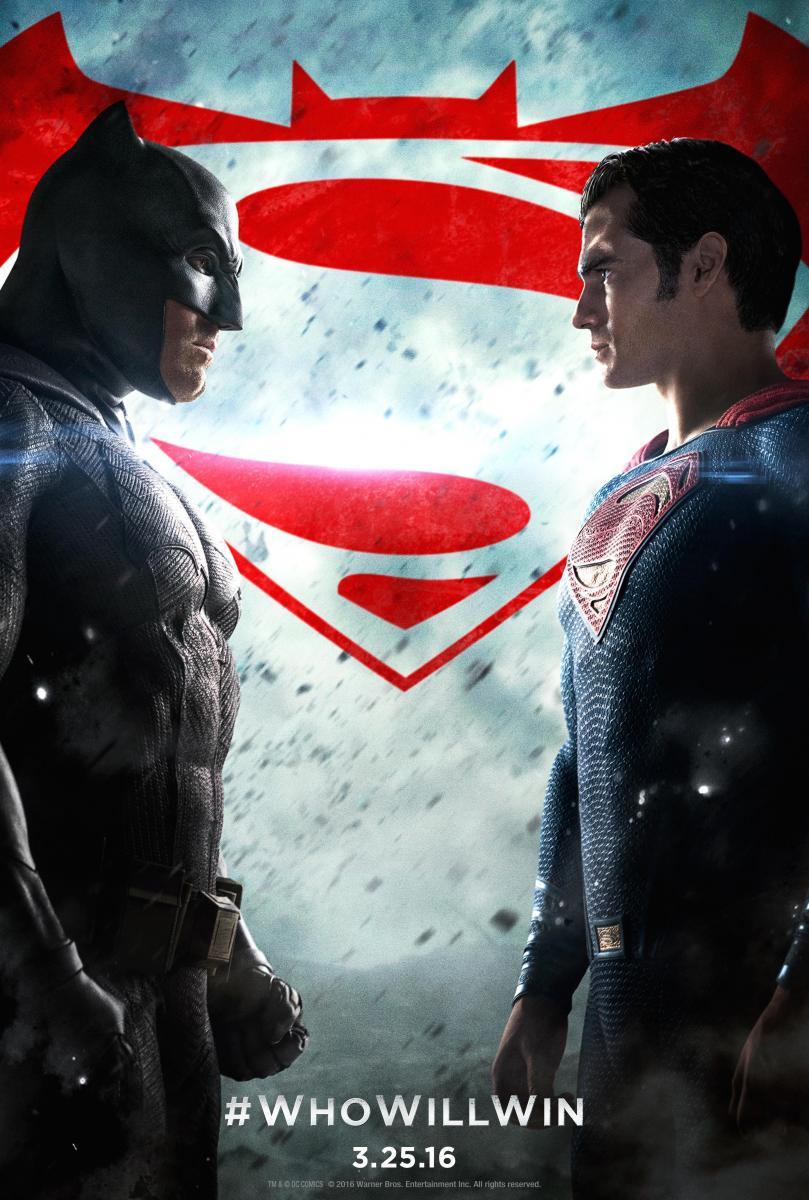
When Batman v Superman: Dawn of Justice was released in 2016, it was one of the most anticipated films of the year. It featured two of DC Comics' most iconic heroes facing off onscreen for the first time and served as the foundation for the DC Extended Universe (DCEU). However, rather than being a unanimous success, the film received a mix of praise and harsh criticism. Below, we delve into the reasons behind its polarizing reception.
A confusing and overstuffed narrative
One of the most criticized points was the unnecessary complexity of its plot.
- Too many subplots: The film tried to cover too many elements at once: the rivalry between Batman and Superman, the introduction of Wonder Woman, the creation of Doomsday, the manipulation of Lex Luthor, and the build-up to Justice League. This resulted in a cluttered and overstuffed narrative.
- Pacing issues: Many scenes seemed abrupt or disconnected, while others dragged on unnecessarily, affecting the overall flow of the story.
The film gave the impression of trying too much in too little time, leaving many viewers confused or overwhelmed.
The dark and somber approach
Under Zack Snyder's direction, Batman v Superman continued the dark and serious tone that he had established in Man of Steel.
- Lack of hope: While Batman fans often expect a darker tone, many criticized that even Superman, traditionally a symbol of hope, was depicted as a brooding and taciturn character.
- Zero humor: Unlike the lighter and more humorous approach of the Marvel Cinematic Universe (MCU), Batman v Superman completely avoided moments of comic relief, which some considered a mistake.
While some fans liked the mature tone, many found it excessively somber, lacking the emotional balance needed to connect with the general audience.
“Martha”: The Most Divisive Moment
The climax of the film revolves around the famous moment when Batman decides not to kill Superman after discovering that their mothers share the same name: Martha.
- Negative reactions: This twist was ridiculed by many viewers, who considered it a shallow and absurd resolution to such an epic confrontation.
- Defenders: Some argued that the moment symbolizes how Bruce Wayne sees Superman’s humanity for the first time, but the emotional development needed for this to work was not made clear in the execution.
The “Martha” moment became a meme and an example of what many consider to be poor narrative decisions.
Suicide Squad - IMDb: 5.9
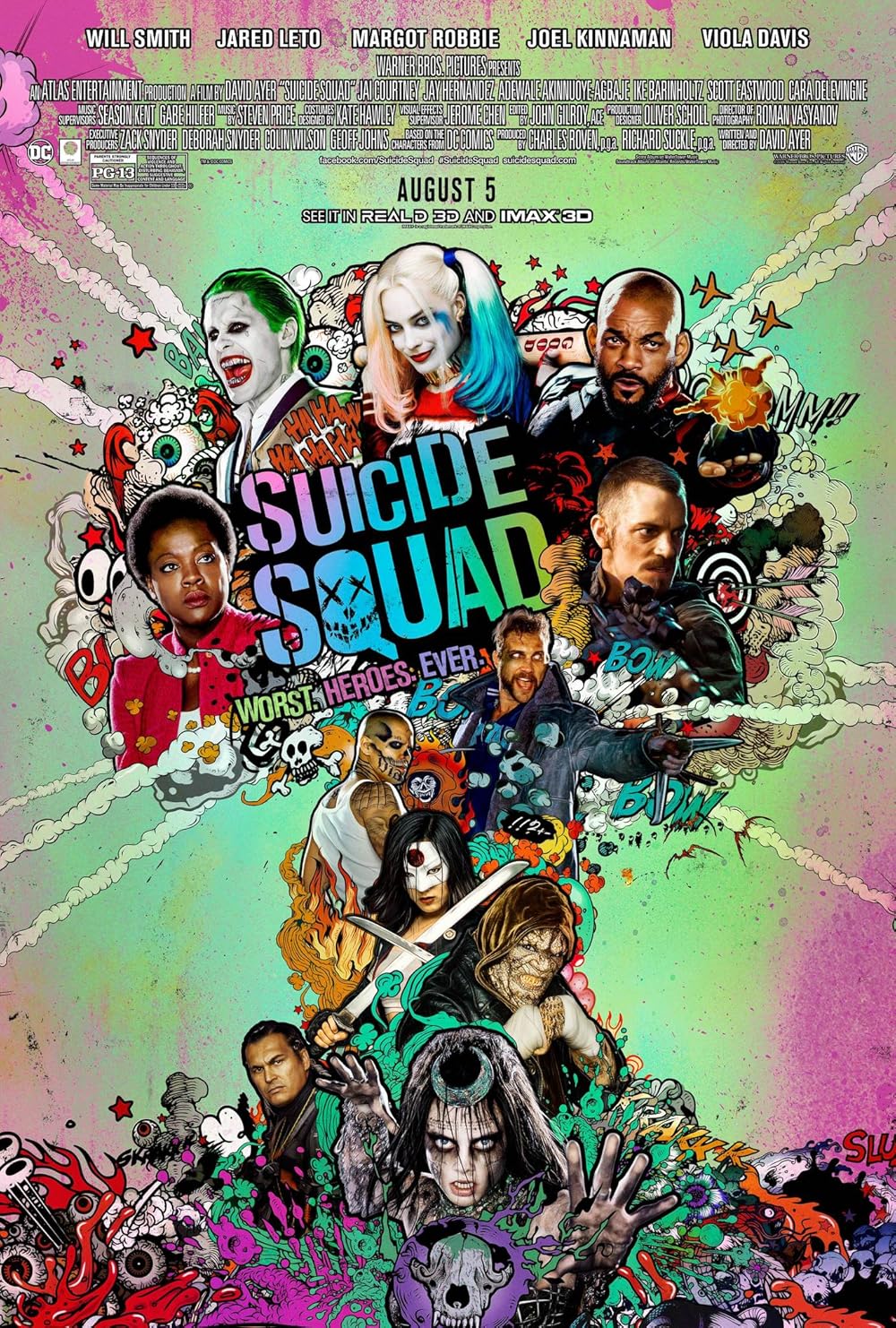
When Suicide Squad hit theaters in 2016, there was a lot of hype. The premise was interesting: a group of villains forced to work together on suicide missions. With a stellar cast and a bold advertising campaign, it seemed like Warner Bros. had a standout film in the DCEU on their hands. However, the result was a film that, while successful at the box office, received negative reviews for its inconsistent execution.
A chaotic and confusing montage
One of the most pointed problems was the editing of the film.
- The change of tone: After the criticism of Batman v Superman for being too dark, Warner Bros. tried to make Suicide Squad a little lighter. This led toor a major editing shakeup, aimed at giving it a tone more similar to the colorful, humorous style of the trailer that had delighted audiences.
- Too many hands in the editing room: The studio reportedly hired a company that specialized in making trailers (Trailer Park) to restructure the film, resulting in a mishmash of narrative styles that many found incoherent.
The final product felt like two films in one: one darker and more serious (David Ayer's original vision) and another lighter and humorous one, created to appeal to a wider audience.
Script and character development:
Although the concept of a team of antiheroes was promising, the film failed to adequately develop most of its characters. Many critics noted that the characters, despite their charisma, lacked any real psychological depth. Their motivations and narrative arcs felt shallow and rushed.
- Deadshot (Will Smith): He was the most developed character, with an emotionally connecting personal story, but his narrative arc was predictable.
- Harley Quinn (Margot Robbie): While Robbie was praised for her performance, Harley's portrayal was criticized for relying too heavily on her toxic relationship with the Joker, failing to explore her complexity as a character.
- Other members of the team: Characters like Captain Boomerang, Katana, and Killer Croc were reduced to clichés without much depth. Slipknot, on the other hand, was literally a joke that lasted minutes.
Many fans felt the film squandered the opportunity to delve deeper into unique and dynamic characters, reducing them to caricatures.
The Joker: A Big Disappointment
Jared Leto generated a lot of interest with his portrayal of the Joker prior to the film's release. However, the result was widely criticized.
- Off-camera eccentricity: Leto gained a reputation for extreme method acting, sending inappropriate gifts to his co-stars, which raised expectations for his take on the character.
- Little screen time: Despite the hype, the Joker had only a few minutes of screen time, and his role in the plot was secondary and unimpactful.
- A divisive interpretation: His take on the Joker, a mix of modern-day mobster and eccentric psychopath, failed to resonate with many fans, who found it excessive and disconnected from the film's overall tone.
Leto's Joker became one of the most controversial aspects of the film, with many considering it one of the worst incarnations of the character.
The Dark Tower - IMDb: 5.6
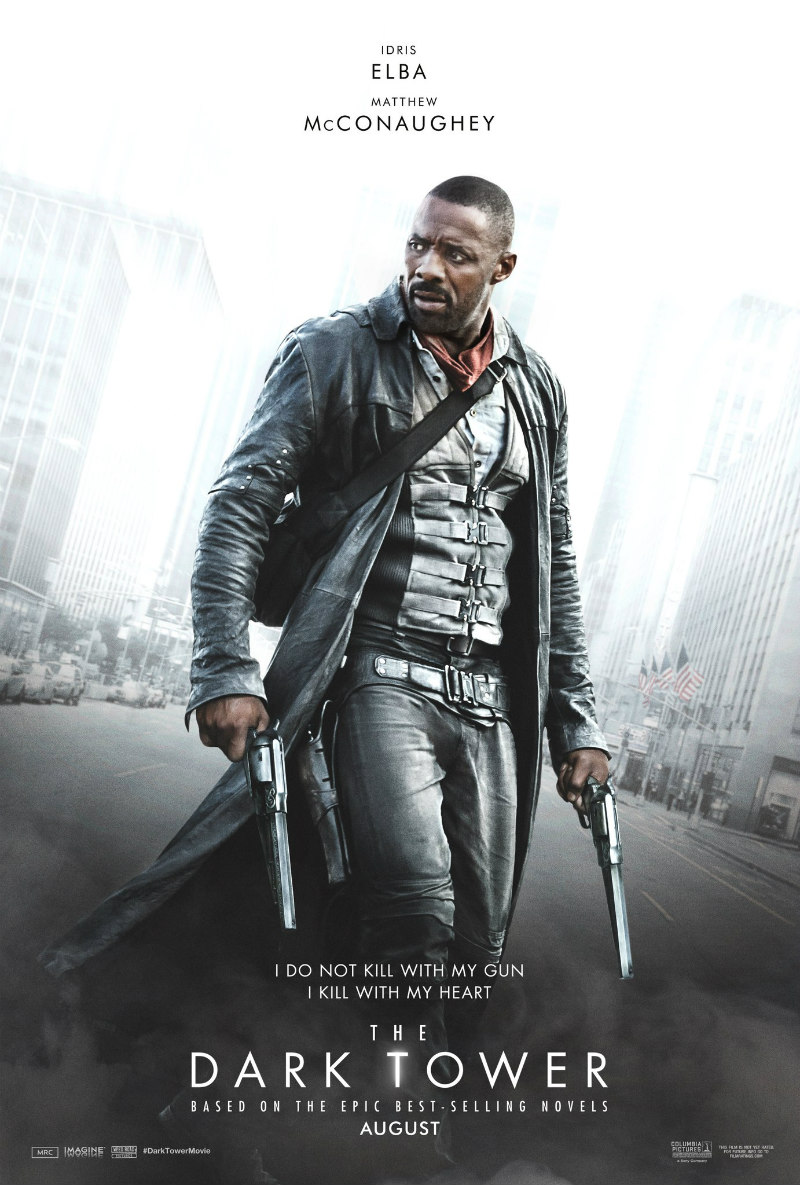
Based on the series of novels by Stephen King, an epic work that mixes fantasy, horror, science fiction and western, fans of the books expected an adaptation that lived up to its ambitious narrative. However, what promised to be the beginning of a cinematic saga became a film that was widely criticized for its superficial execution and its lack of fidelity to the original material.
Condensing an epic saga into 95 minutes
One of the most obvious problems was the decision to compress the complex plot of eight books into a film that was less than two hours long.
- Loss of depth: The Dark Tower saga is known for its rich themes and character development, but the film eliminated or simplified many of these essential elements.
- Disorientation for new viewers: The rushed narrative left those who hadn't read the books without proper context to understand the universe or its rules.
- Disappointment for fans: King's readers expected an adaptation that respected the complexity of the story, but found a watered-down and simplified version.
Rather than serving as a gateway into the vast world of The Dark Tower, the film was criticized for failing to capture the essence of the books and for being shallow even for the uninitiated.
Blurred tonality and aesthetics
One of the most appealing aspects of King's books is their blending of genres and their ability to create a unique world. The film, however, struggled to find its identity.
- Lack of Atmosphere: The dark western aesthetic of the books was diluted into a generic fantasy-action style that failed to capture the essence of the series.
- Tone Issues: The film attempted to be accessible to a wider audience by removing much of the dark, psychological tone that characterizes the books.
- Lack of CGI: Although the world of The Dark Tower offers opportunities for striking visual effects, the film's CGI was criticized for being generic and unimpressive.
The lack of visual and tonal identity meant that the film failed to stand out in any one aspect, coming across as a generic fantasy production rather than something unique.
A talented, but underused cast
The main cast promised memorable performances, but many felt the script and direction didn't give them the material to shine.
- Idris Elba as Roland: While Elba brought charisma and presence to the character, his performance was limited by a script that oversimplified his complexity.
- Matthew McConaughey as the Man in Black: Despite his potential, his version of the villain was criticized for lacking the depth and psychological terror of the character in the books.
- Tom Taylor as Jake Chambers: While Taylor delivered a solid performance, his role as the emotional center of the story wasn't enough to sustain the film.
The cast's talent was overshadowed by a narrative that didn't allow them to fully explore their characters.
Green Lantern - IMDb: 5.5
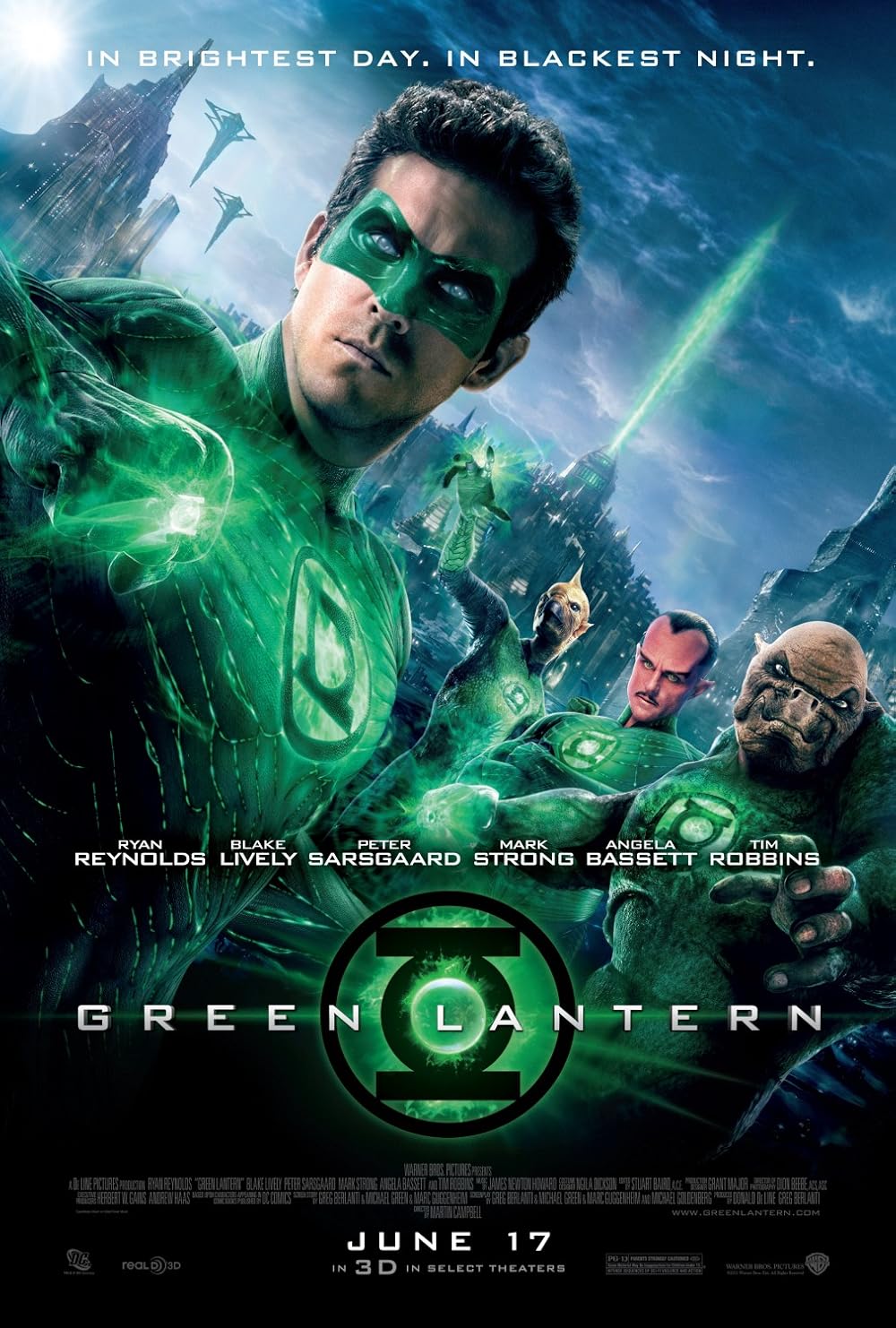
With a charismatic hero, a robust budget, and a solid cast, the film promised to introduce a wider audience to the Green Lantern Corps universe. However, the film was a failure at both the box office and critics, leaving a negative mark on the history of superhero adaptations.
A messy and uninspired script
The biggest problem pointed out by critics and fans was the script, which failed to capture the essence of the character and construct a coherent narrative.
- Generic origin: Although Hal Jordan (Ryan Reynolds) is an interesting character in the comics, his origin story in the film was considered unoriginal and full of superhero clichés, such as the typical "reluctant hero."
- Forced dialogue: The script offered no memorable dialogue or moments that highlighted the character or delved deeper into his motivations.
- Tone problems: The film oscillated between drama and humor without finding a balance, resulting in an inconsistent experience for viewers.
The script lacked the spark needed to establish Hal Jordan as a compelling hero or the Green Lantern universe as a fascinating place to explore.
Excessive and under-done CGI
Green Lantern's fully computer-generated suit became a symbol of the film's technical problems.
- Unconvincing costume: Instead of opting for a practical suit with some digital touch-ups, the creators went with a completely digital suit that looked unnatural and even distracting.
- Power ring: The power ring, one of the most iconic elements of the comic, was unconvincingly depicted in the film. Its visual effects were considered generic and failed to convey the sense of power and magic that it should have.
- Ring Constructs: The constructs created by the ring, one of the most striking features of Green Lantern, lacked originality and creativity, looking like copies of other elements seen in other superhero movies.
The visual effects, far from being a strong point, became a negative aspect that made it difficult to take the film seriously.
Hal Jordan: A Hero Without Charisma
Although Ryan Reynolds did his best with the material he was given, his version of Hal Jordan did not connect with fans or the general audience.
- Lack Depth: Hal Jordan's character was portrayed as arrogant and selfish, but without the development necessary to make him grow as a hero.
- Forced Humor: Although Reynolds is known for his comedic talent, the jokes in the film seemed out of place, taking away from the seriousness of the character.
- Comparison to the comics: Fans noted that the film failed to capture Hal Jordan's fearless and courageous spirit, resulting in a protagonist that was difficult to admire.
Reynolds' Hal Jordan failed to become the hero that audiences expected, and the actor subsequently mocked the film on numerous occasions.
The Mortal Instruments: City of Bones - IMDb: 5.8
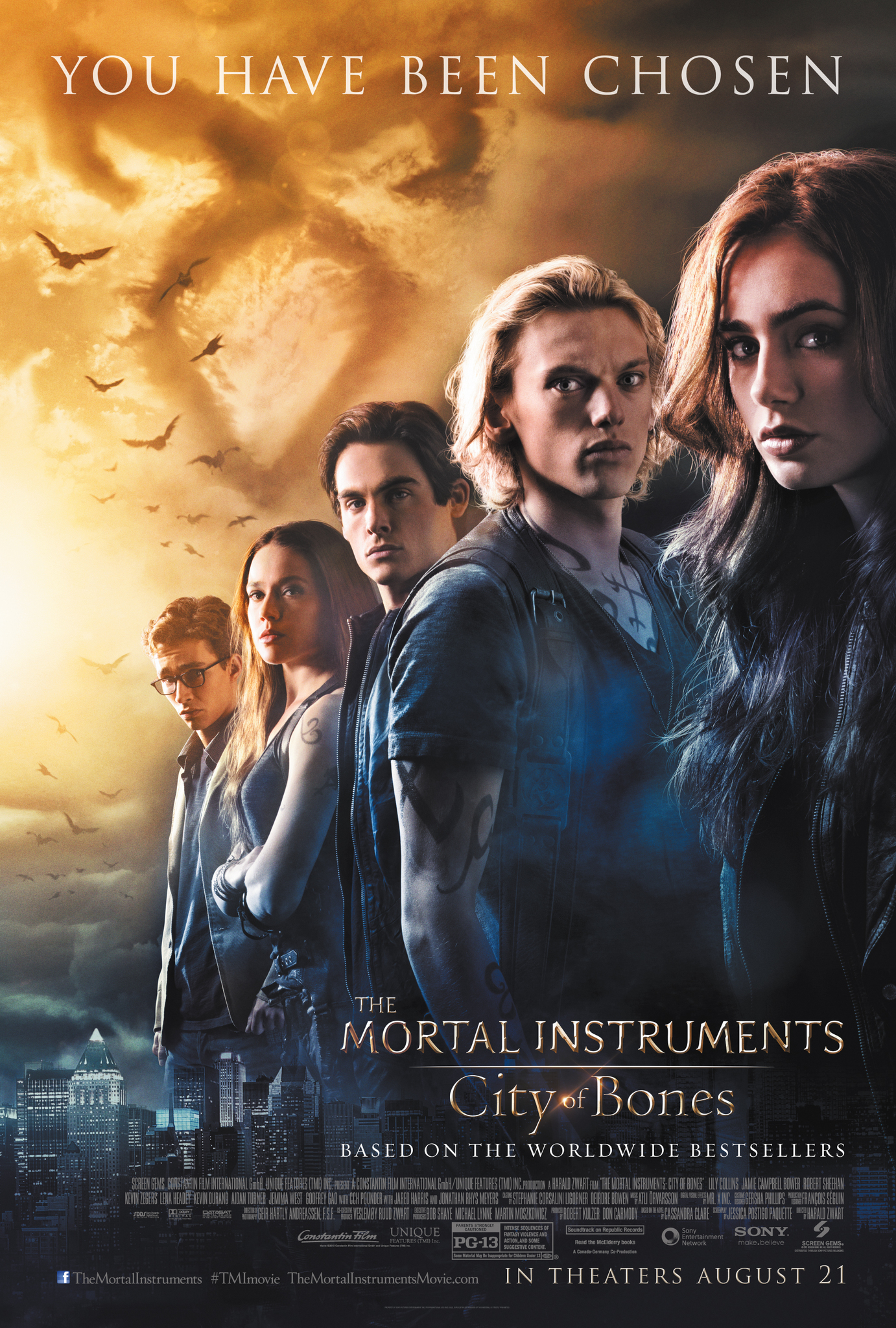
Based on the popular book series by Cassandra Clare, The Mortal Instruments: City of Bones was launched in 2013 with the hopes of becoming a franchise on the level of Twilight or The Hunger Games. However, the film was heavily criticized for its confusing script, inconsistent tone, and execution that failed to convince both fans of the books and general audiences.
Underused Characters
While the cast was talented, many characters were reduced to undeveloped archetypes.
- Clary Fray: Lily Collins delivered a decent performance, but her character was criticized for being a clichéd "chosen heroine" without much depth.
- Jace Wayland: Jamie Campbell Bower was criticized for his portrayal, which lacked the charisma and complexity that readers associated with Jace.
- Valentine Morgenstern: As the main villain, Valentine (Jonathan Rhys Meyers) was singled out for being a generic antagonist and lacking the threat he has in the books.
- Supporting Characters: Characters like Simon, Isabelle, and Alec, who have important roles in the books, were relegated to the background without proper development.
The lack of emotional connection with the characters made the story lack weight and the conflicts feel hollow.
Faithfulness to the source material
While some moments were faithful to the source material, others deviated significantly, frustrating fans.
- Plot changes: The film made significant changes to the plot and characters, which led to discontent among fans who had hoped for a more faithful adaptation of Cassandra Clare's novels.
- Simplified magical world: The magical world of the Shadowhunters, so rich and detailed in the books, was presented in a simplified and superficial way in the film.
The script left many viewers confused, unable to immerse themselves in the complex mythology of the Shadowhunter world.
An inconsistent tone
The film failed to find a balance between drama, romance, and action, resulting in a chaotic experience.
- Unbelievable Romance: The relationship between Clary (Lily Collins) and Jace (Jamie Campbell Bower), a central plot point, was criticized for lacking chemistry and emotional depth.
- Attempts at Humor: The comedic lines felt out of place and broke the tension at key moments.
- Surface Darkness: Although the source material has a dark tone and complex emotional undertones, the film presented a more simplified and youthful version, losing much of the appeal of the books.
The lack of tonal cohesion made it difficult for viewers to feel immersed in the world of the Shadowhunters.
Chaos Walking - IMDb: 5.7
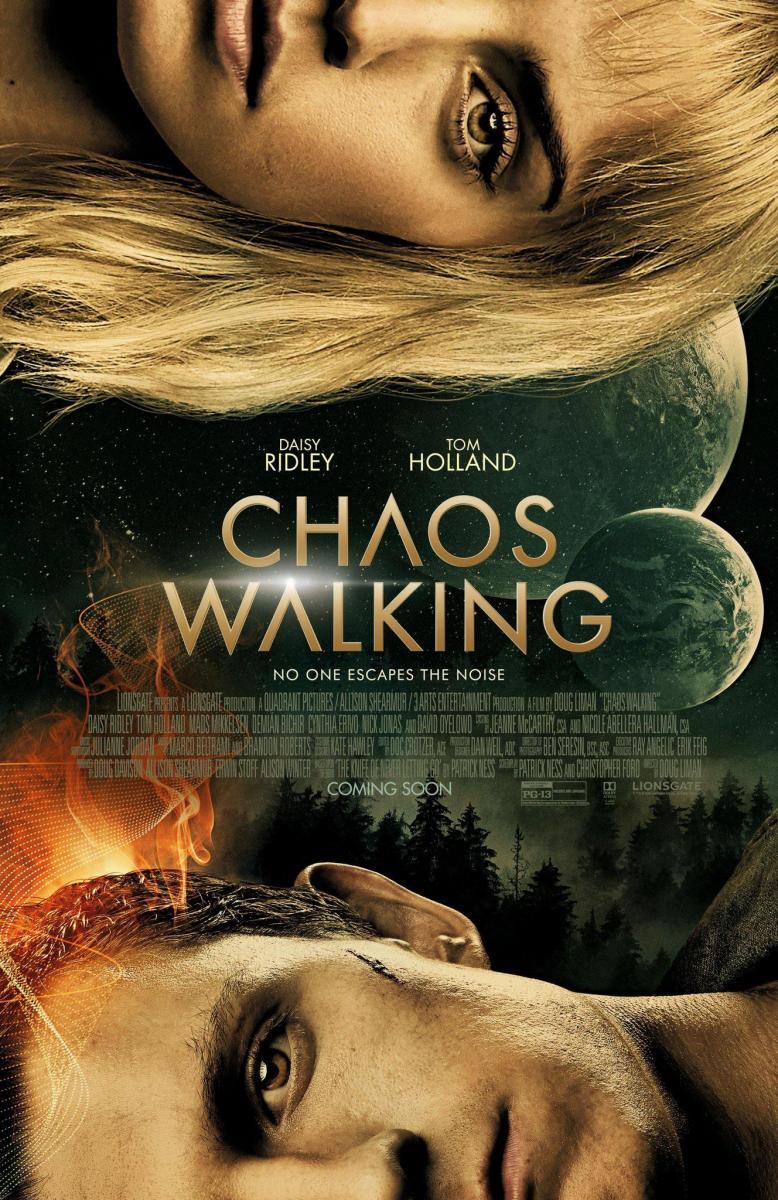
Chaos Walking is a science fiction film based on the Chaos Walking trilogy by Patrick Ness, who also co-wrote the script with Charlie Kaufman. Since its announcement, the film has generated expectations due to its interesting premise about a world where people's thoughts are audible, creating a constant "noise." The film featured an ensemble cast and stellar, including Tom Holland and Daisy Ridley, and was directed by Doug Liman. However, when it was released in 2021, it was given a cold reception by critics, highlighting several issues that prevented it from taking off as a successful adaptation.
An incoherent and confusing script
One of Chaos Walking's biggest problems was its script, which was criticized for being confusing and poorly structured.
- Lack of clarity: The film introduces an intriguing concept with "noise" - people's thoughts that can be heard by everyone - but it never goes into sufficient depth on how this phenomenon works in practice or its social implications.
- Predictable Plot: Despite its original concept, the film's plot was called predictable and generic, with elements of adventure and romance that brought nothing new to the genre. The story felt forced and lacked a real sense of risk or tension.
- Uneven Pacing: Abrupt jumps between action scenes and introspective moments made the film unevenly paced, making some key moments feel rushed or poorly developed.
The script failed to build the world or characters effectively, making it difficult for the viewer to connect with the story or understand the events that occurred.
Underdeveloped Characters
Despite having a talented cast, the characters were widely criticized for lacking depth.
- Todd Hewitt (Tom Holland): Although Tom Holland is a talented actor, his character of Todd was perceived as a stereotypical “young, confused hero” with no clear development. The film did not adequately explore his motivations and internal struggles, making his actions feel hollow.
- Viola Eade (Daisy Ridley): The character of Viola, played by Daisy Ridley, was also criticized for being one-dimensional and unimpressive, even though the actress had the ability to give a deeper performance. The relationship between her and Todd, which could have been the heart of the film, lacked the necessary chemistry.
- Weak Villains: Antagonists, such as Mayor Prentiss (Mads Mikkelsen), were criticized as underdeveloped and lacking the real threat they should have represented. Despite the presence of an actor like Mikkelsen, the character failed to generate the necessary tension.
The lack of character development meant that the audience did not feel emotionally connected to the plot, either with its protagonists or with the villains.
Visual Effects
Despite the film's problems, the visual effects received some mixed reviews. The way "noise" was represented visually, with words floating around the characters, was interesting in concept but felt artificial and uninnovative.
- Excessive visual noise: The constant presence of "Noise" in the film, while a key element of the novel, resulted in a visual overload that made it difficult to understand what was happening on screen.
- Creature design: The creature design was considered unoriginal and generic, lacking the uniqueness expected from a science fiction adaptation.
The direction and visual effects failed to elevate the film, leaving it with a generic feel that brought nothing new to the science fiction genre.
Dragonball Evolution - IMDb: 2.5
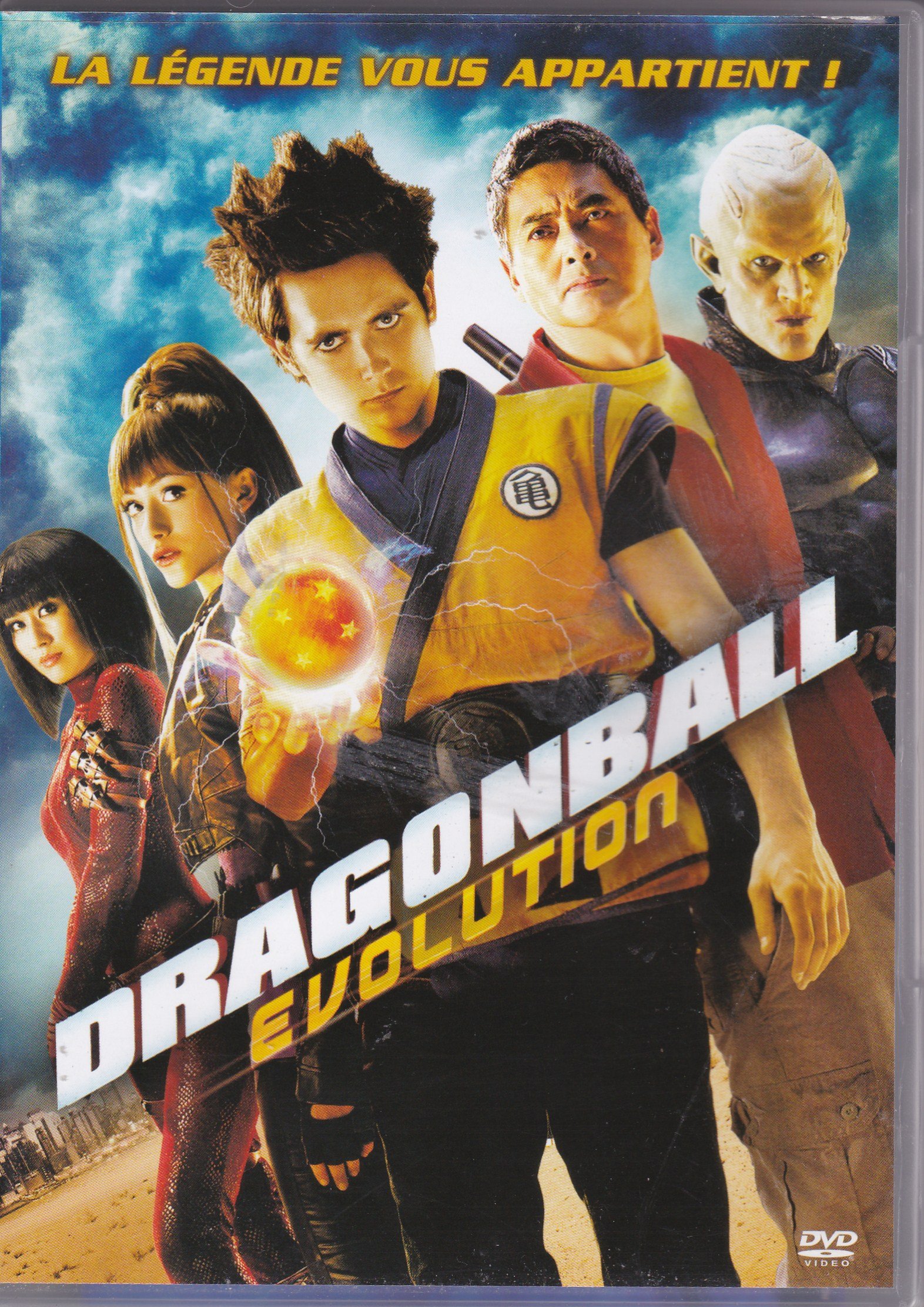
When it was announced that Dragonball Evolution would be an adaptation of Dragon Ball, one of the most popular anime and manga of all time, expectations were sky-high. However, the 2009 film directed by James Wong was met with overwhelming negative reviews, especially by die-hard fans of the franchise. The film was considered one of the most unsuccessful adaptations of a manga or anime to the big screen, due to its lack of faithfulness to the source material, its flawed tone, and its poor casting decisions.
Disconnection from the source material
One of the most common criticisms that Dragonball Evolution received was the blatant lack of faithfulness to the Dragon Ball manga and anime created by Akira Toriyama. Fans are They were hoping to see an adaptation that reflected the essence of the original work, but instead, they received a story that felt like a completely different product.
- Distorted characters: The iconic Dragon Ball characters were represented very differently from their animated versions, losing their essence and charisma. Goku, for example, was portrayed as a rebellious teenager and not as the innocent and optimistic warrior we know.
- Simplified plot: The plot of the film was oversimplified, losing the complexity and richness of the original sagas.
- Changes in the story: Significant changes were introduced in the story, such as the relationship between Goku and Bulma, which did not fit with the original narrative and disoriented fans.
Hardcore manga and anime fans felt completely betrayed by the film, considering that it not only failed to capture the spirit of Dragon Ball, but also distorted the essence of its most beloved characters.
Casting Decisions and Performances
Casting decisions were another of the harshest criticisms of Dragonball Evolution. Many of the actors who played the main characters were perceived as inappropriate for the roles, which contributed to the disconnect with the audience.
- Goku (Justin Chatwin): The casting of Justin Chatwin as Goku was one of the most criticized decisions. Chatwin, an actor known for supporting roles, failed to capture the energy, likeability, or strength of the original Goku. His portrayal of Goku was flat, and failed to connect with fans of the character.
- Bulma (Emmy Rossum): While Emmy Rossum was well-received in her role, the script did not allow her to fully develop the character, and many felt that the Bulma in the film did not have the same spark and vitality as the original version.
- Master Roshi (Chow Yun-Fat): Chow Yun-Fat, a legendary actor, was chosen to play Master Roshi, but his portrayal felt out of place. The version of the character did not have the wisdom or humor that made him iconic in the anime.
- Piccolo (James Marsters): While James Marsters was one of the few actors to receive some approval for his portrayal of Piccolo, the character himself was poorly written and felt more like a generic villain than the fearsome antagonist he is in the anime.
Poor casting choices and acting contributed to the emotional disconnect with the film. The characters didn't feel like the same ones fans had come to know and love.
The Wrong Tone and Approach
Another major problem with the film was the tone, which was perceived as completely wrong for a Dragon Ball adaptation. The original anime has a mix of action, comedy, and fantasy, but the film attempted to impose a much more serious and dramatic tone that didn't align with the essence of the original work.
- Lack of Humor: Dragon Ball is known for its mix of action and humor, but the film lacked the kind of absurd and quirky humor that endears fans to the series. The interactions between characters felt stiff and lacked the lightness that characterizes the anime.
- Boring Action: Although the film has several fight sequences, the action scenes were criticized for being unexciting and poorly choreographed. Instead of the intense and spectacular battles that fans had come to expect, the fights in the film felt inconsequential and lacking energy.
- Tonal Confusion: Dragonball Evolution attempted to be a serious action film, but failed to balance that approach with the fantasy and comedic aspects of the franchise, resulting in an inconsistent tone that left audiences bewildered.
The film's misguided tone made it even harder to enjoy for fans of the original series, who were hoping for a more faithful adaptation of Dragon Ball's signature mix of comedy, action, and adventure.
Film adaptations are a two-way street: they can expand the reach of a story and attract new audiences, but they can also damage the reputation of an original work if not executed correctly. By understanding the common mistakes made in these adaptations, we can better appreciate the effort that goes into bringing a story from one source to another. What do you think about film adaptations? Do you think it's possible to make a faithful and successful adaptation of a work beloved by fans? Share your thoughts in the comments!
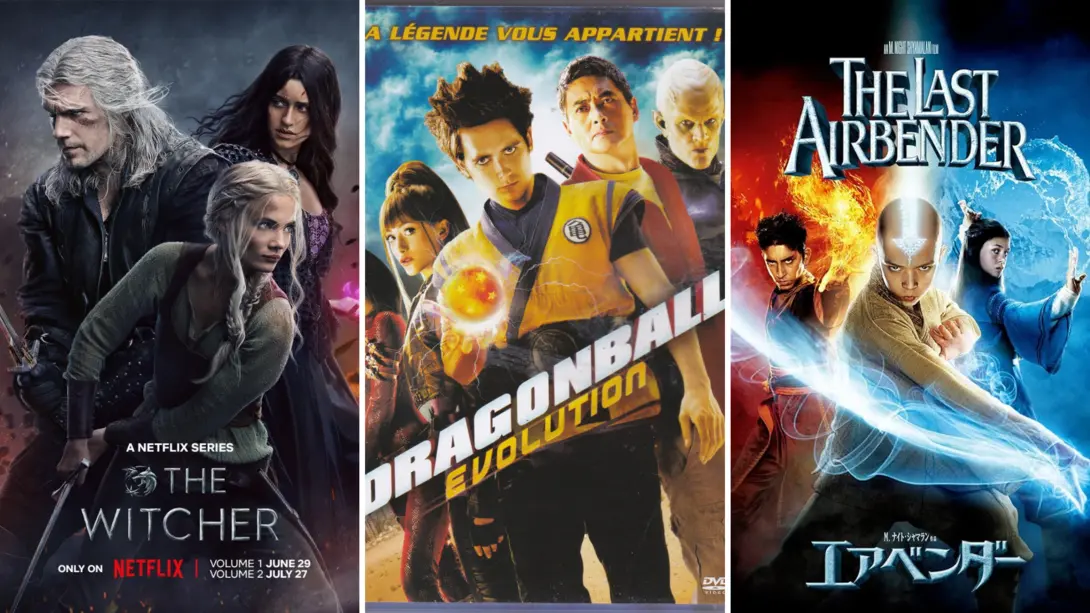

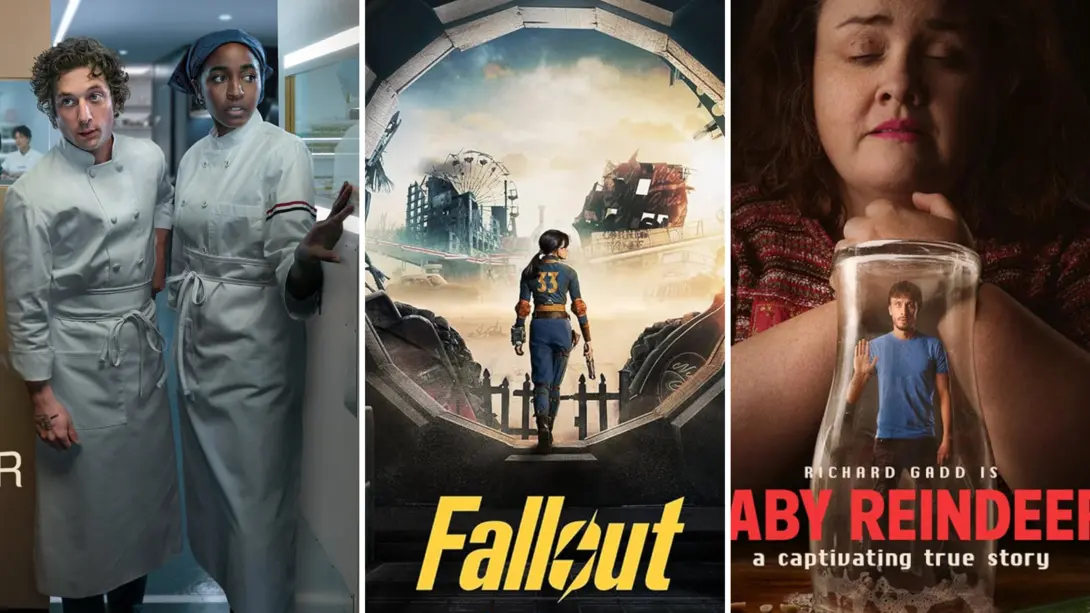
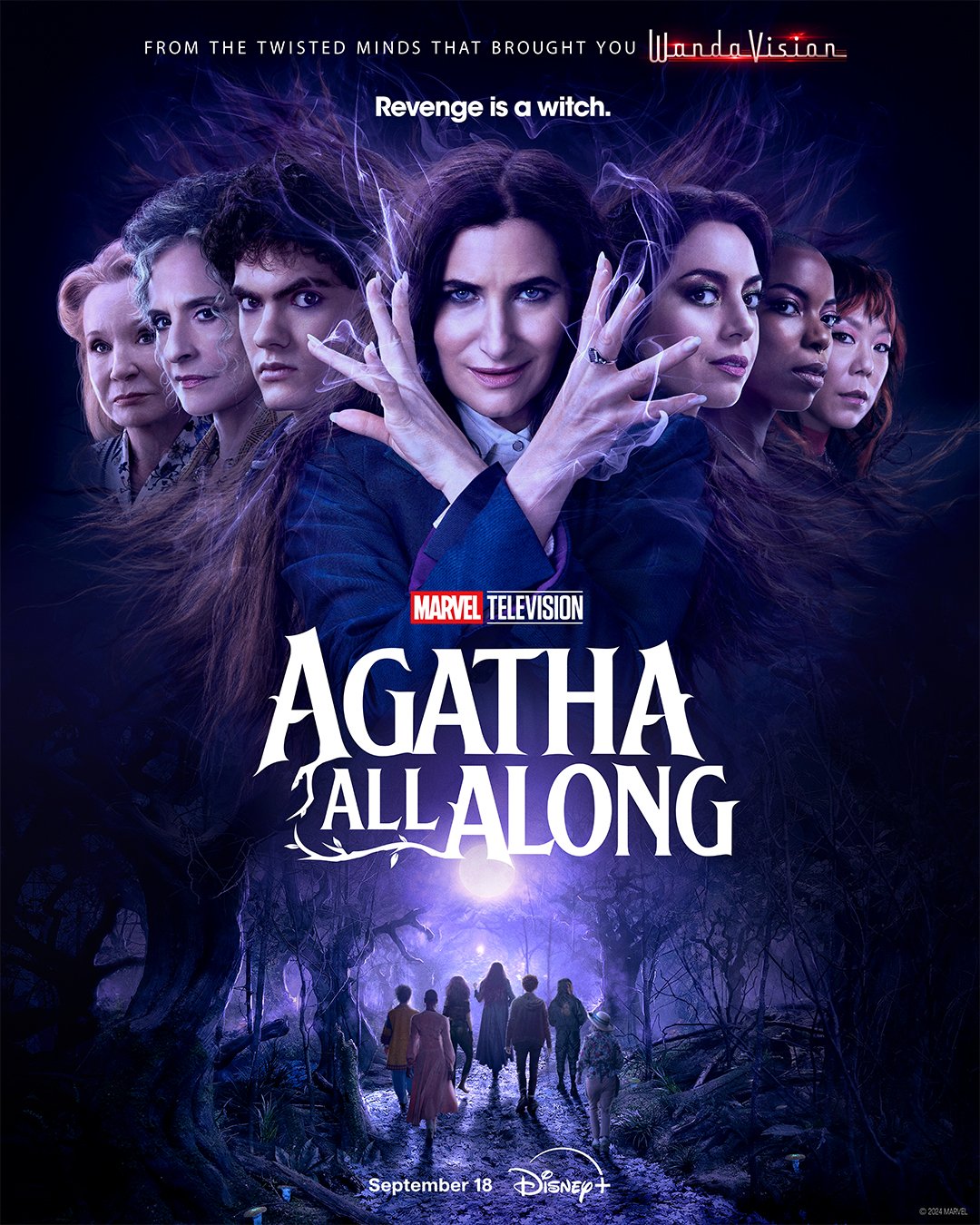
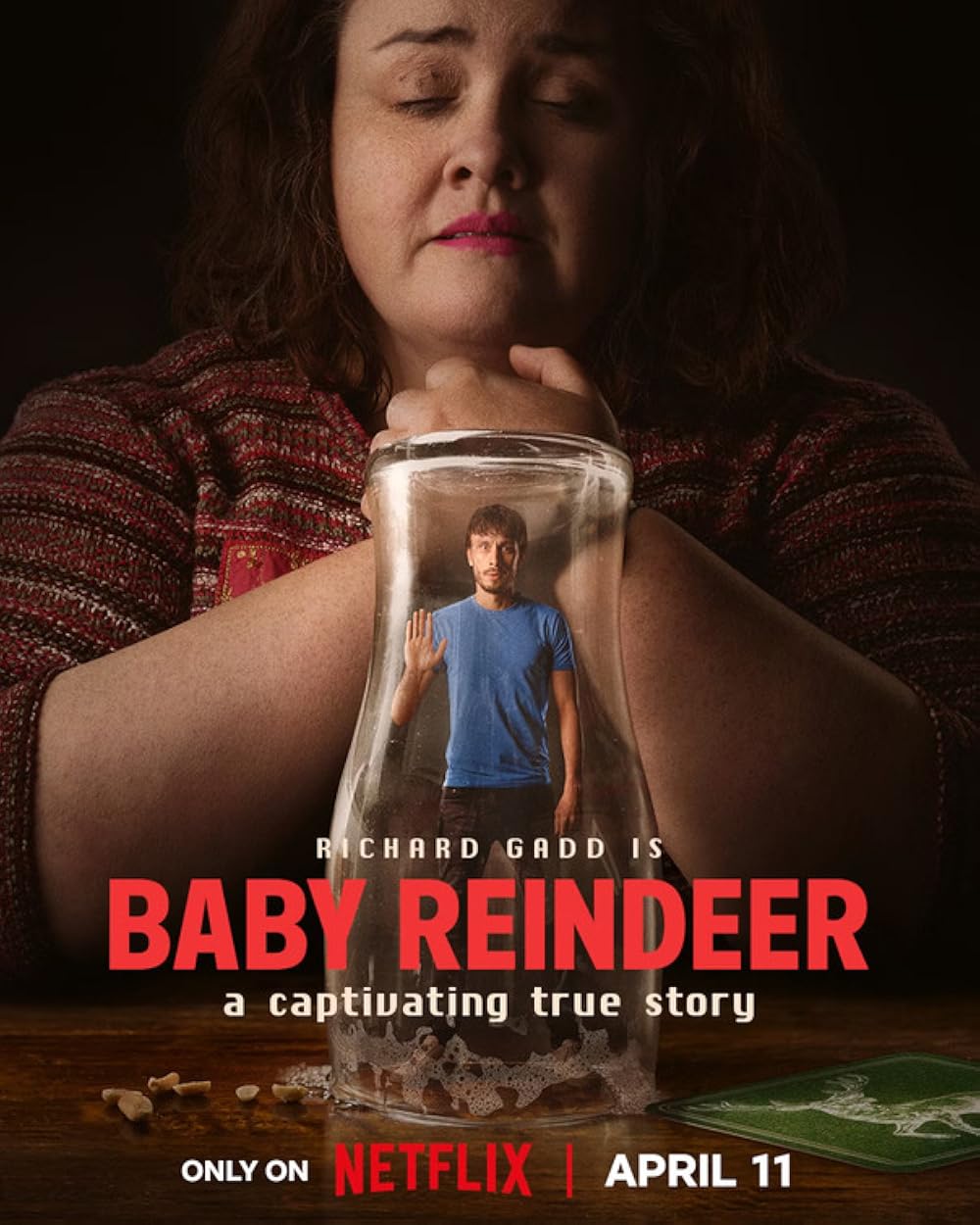
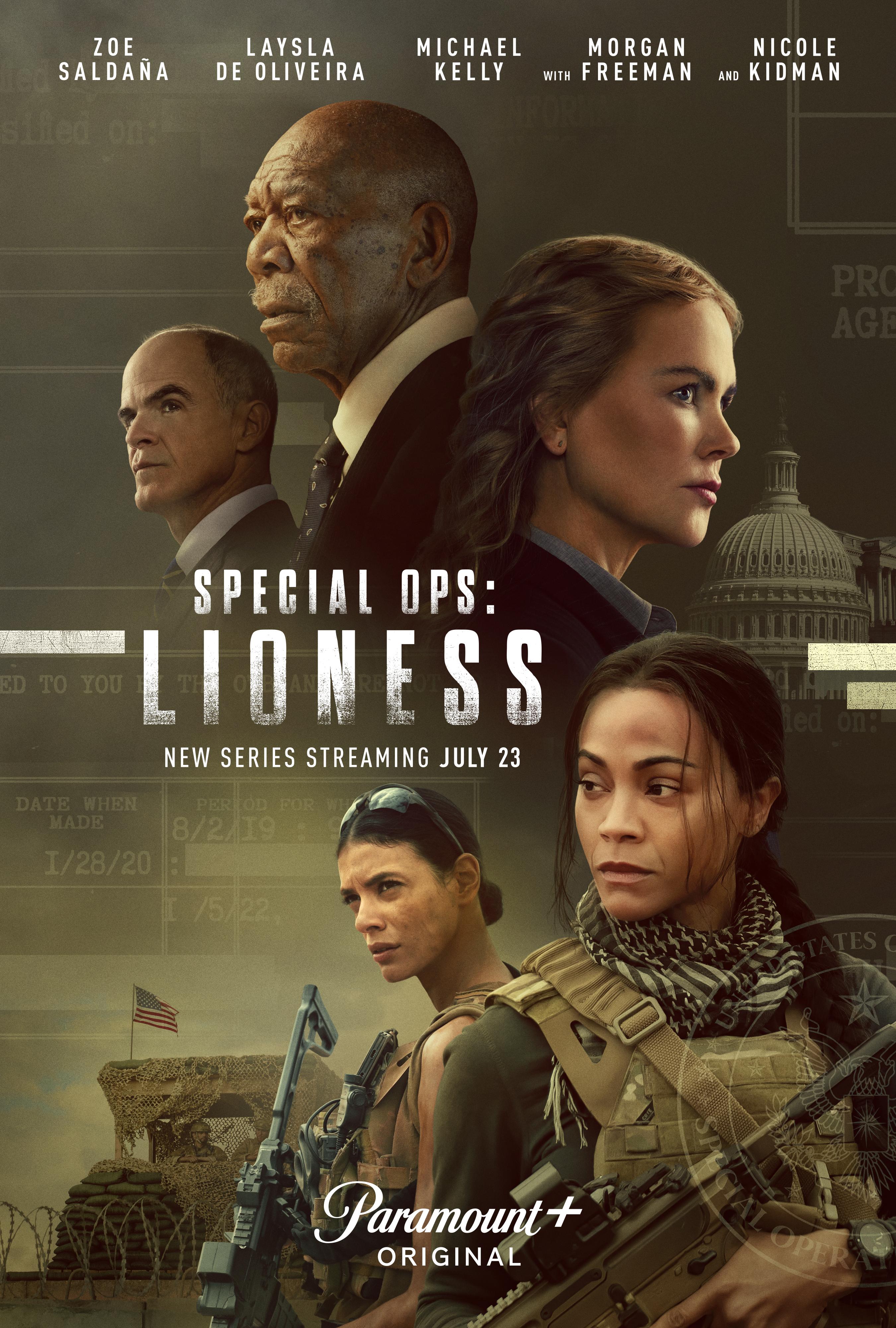
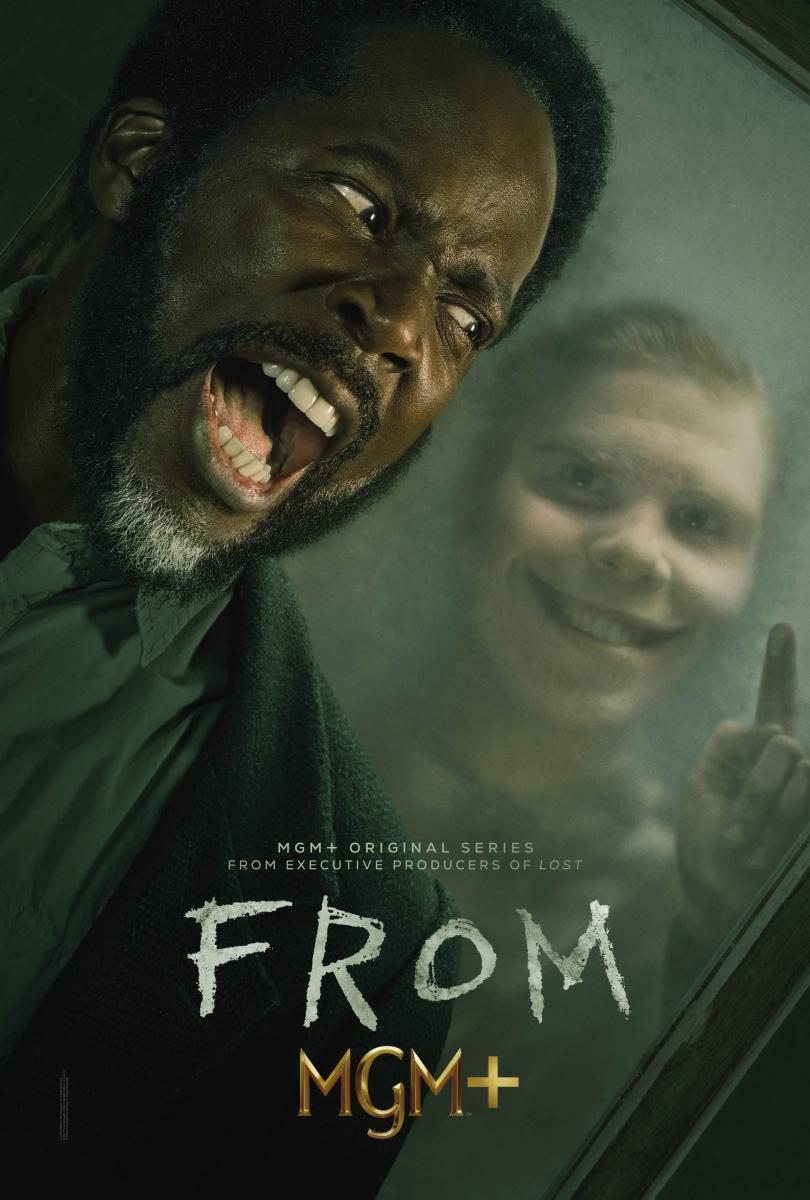
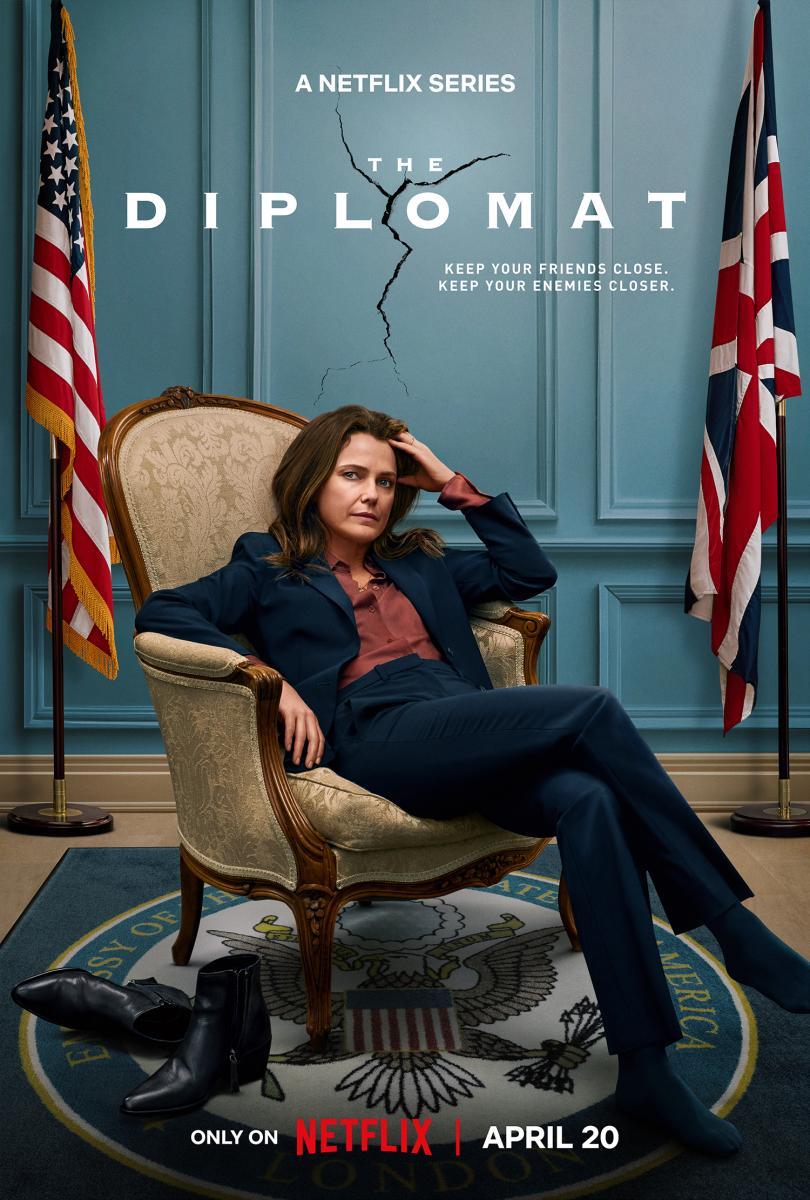
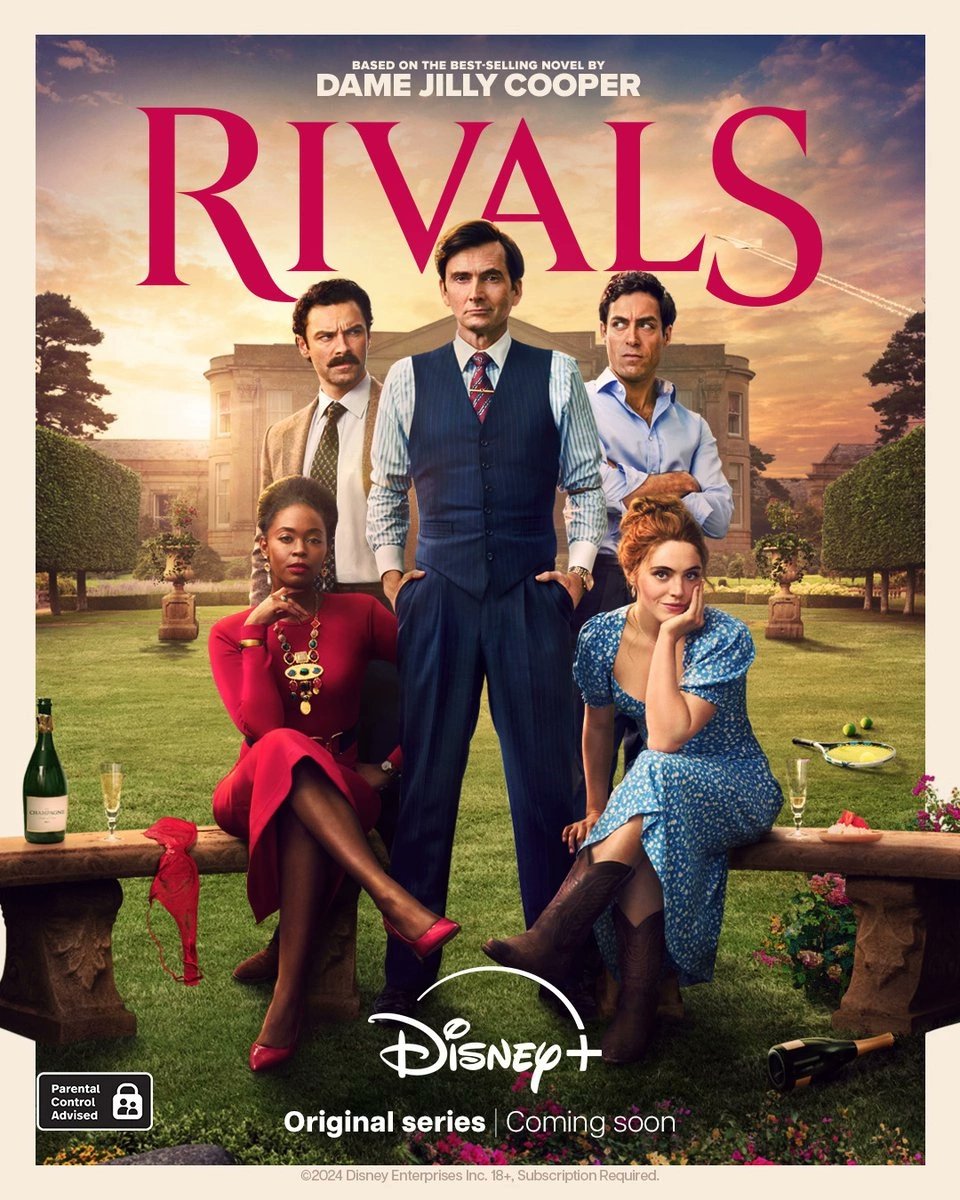
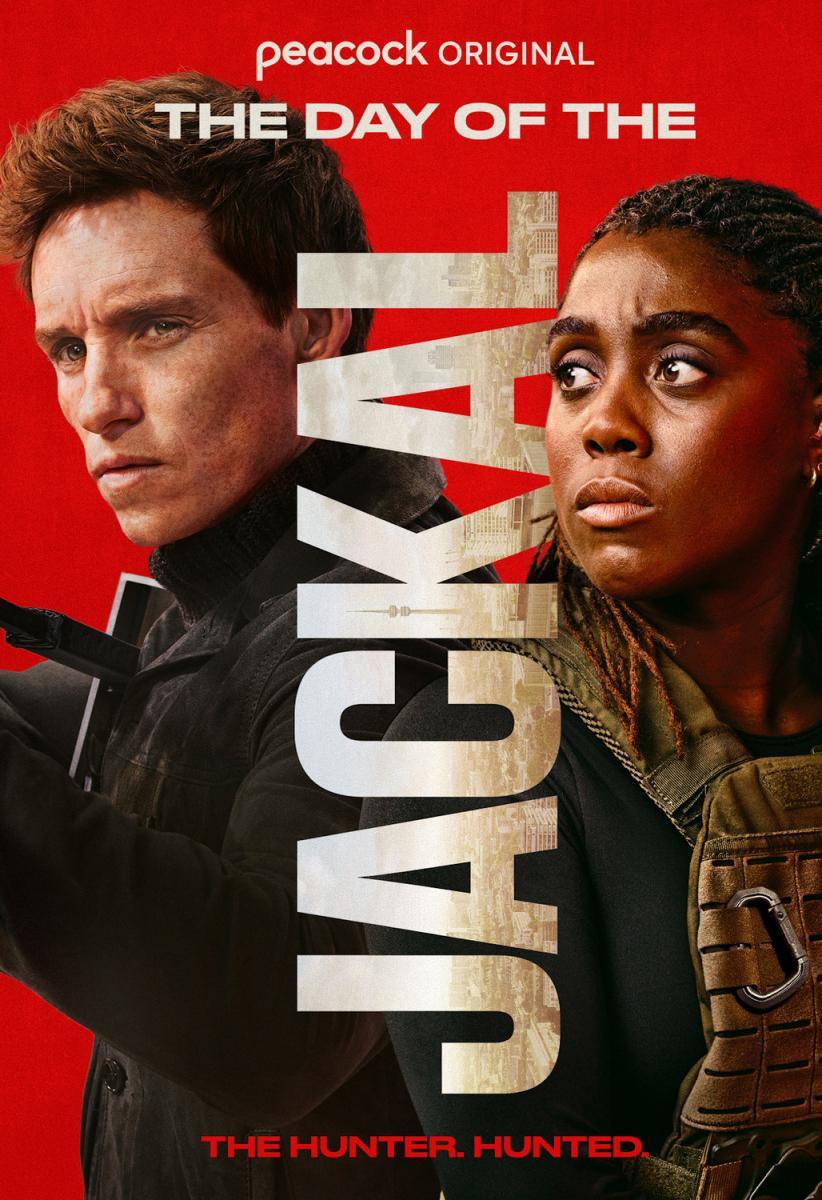
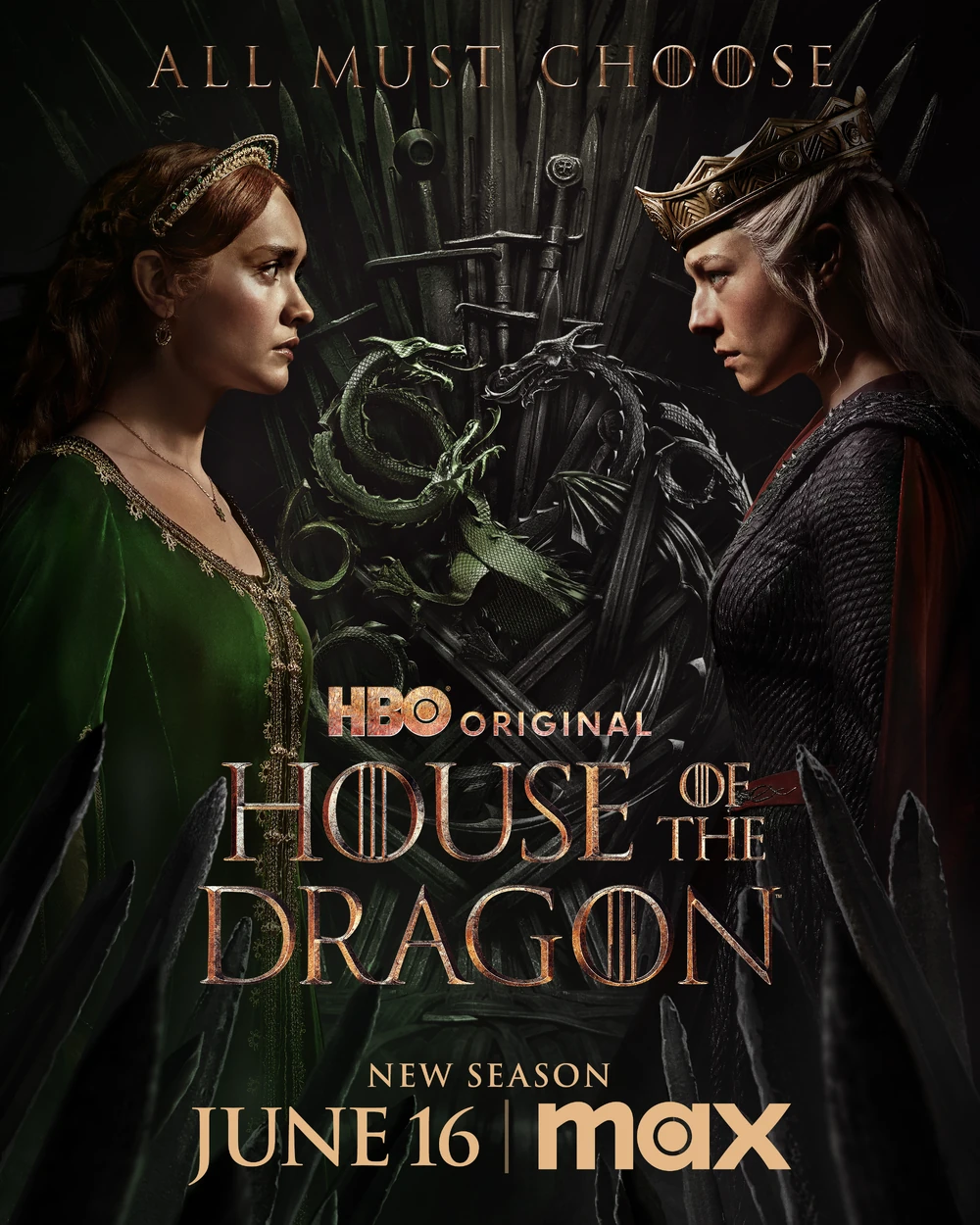
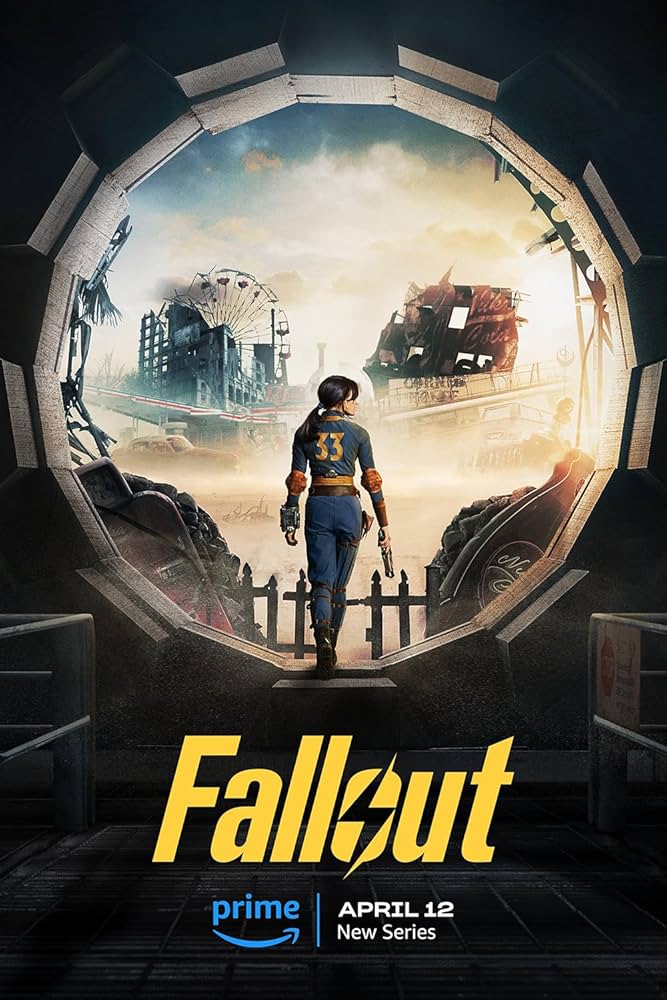

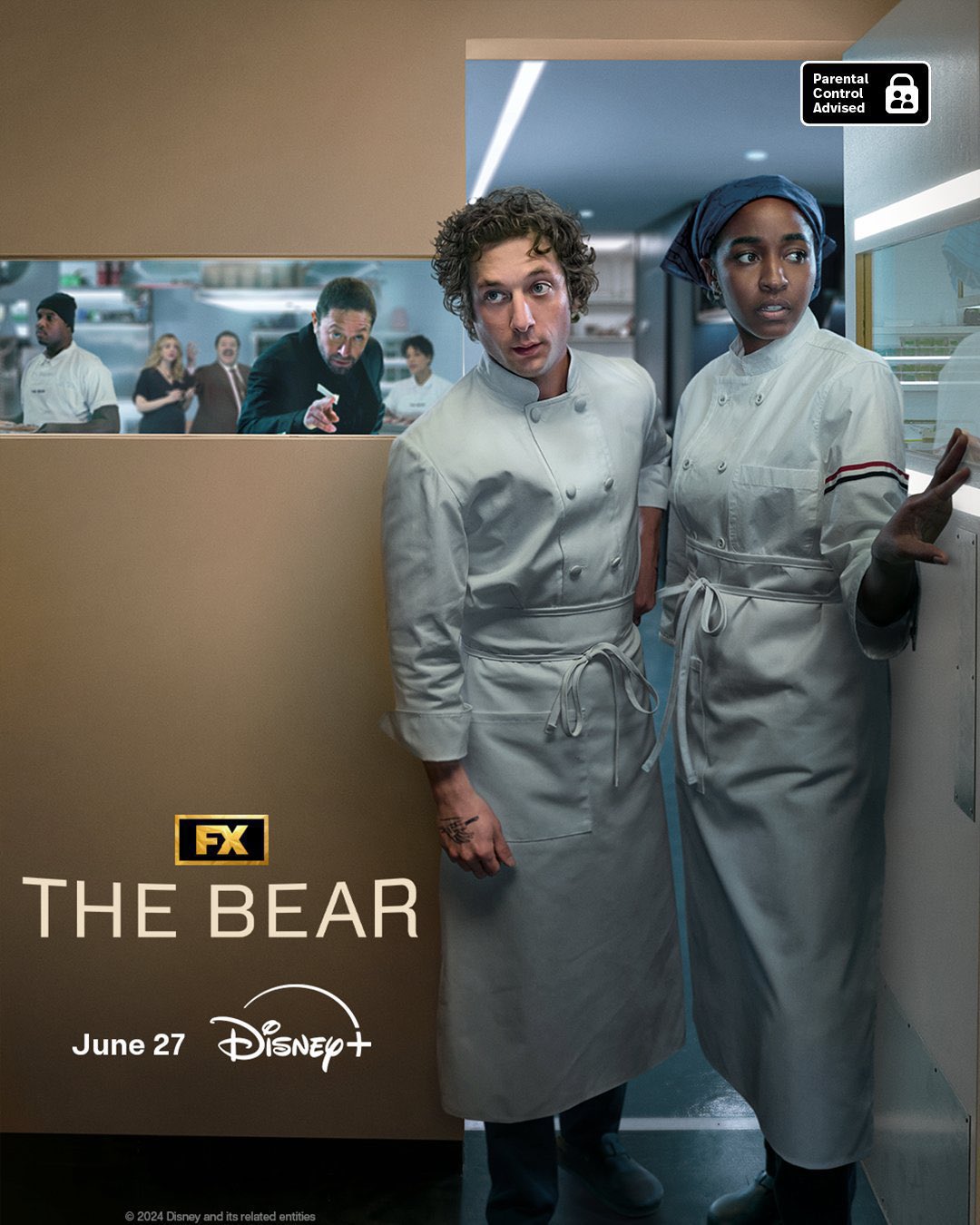
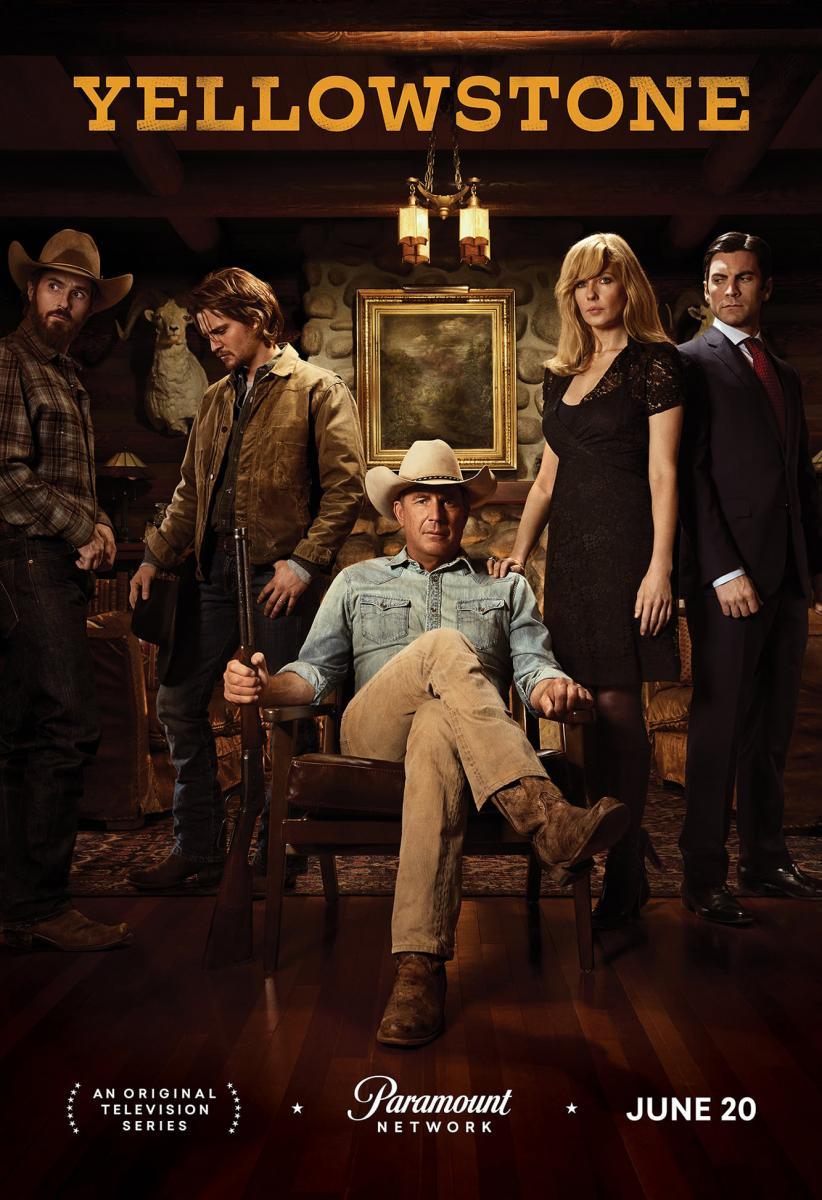
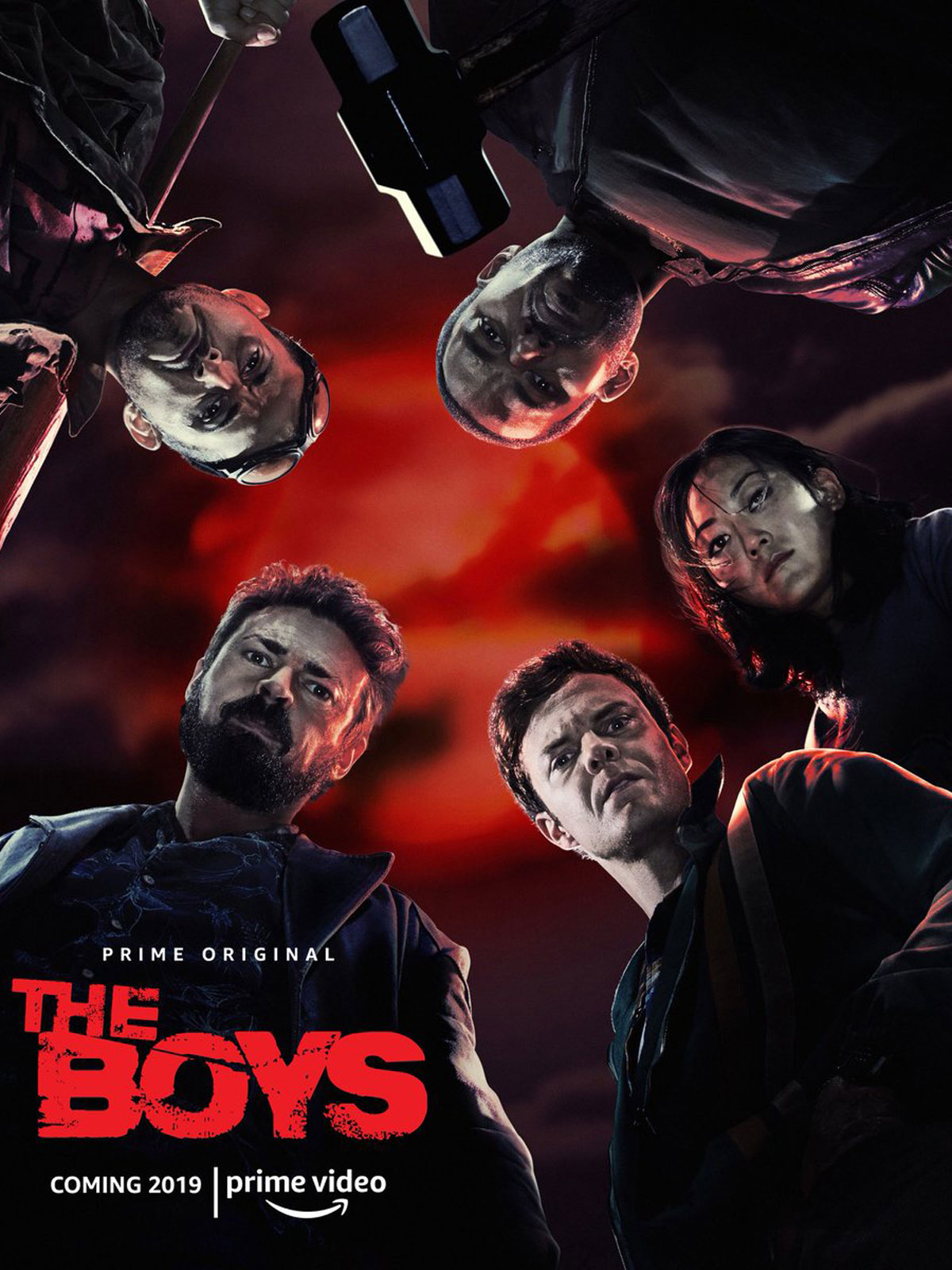
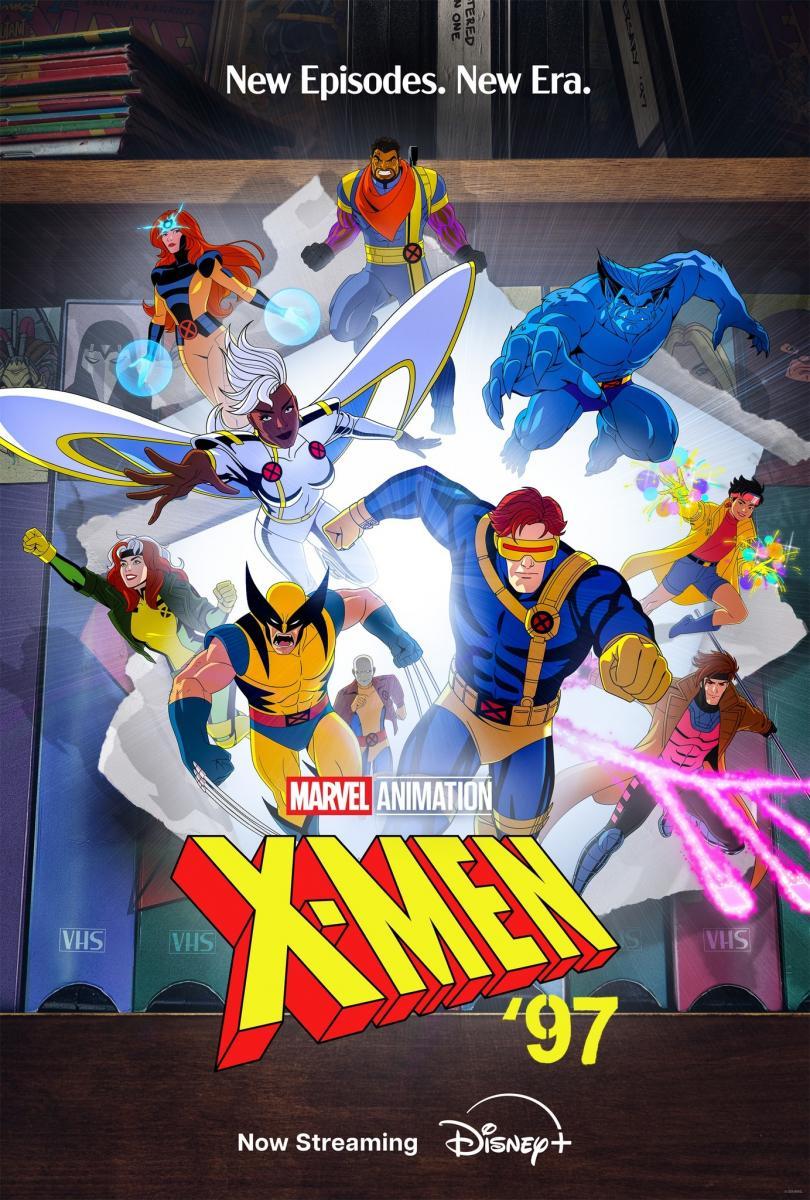
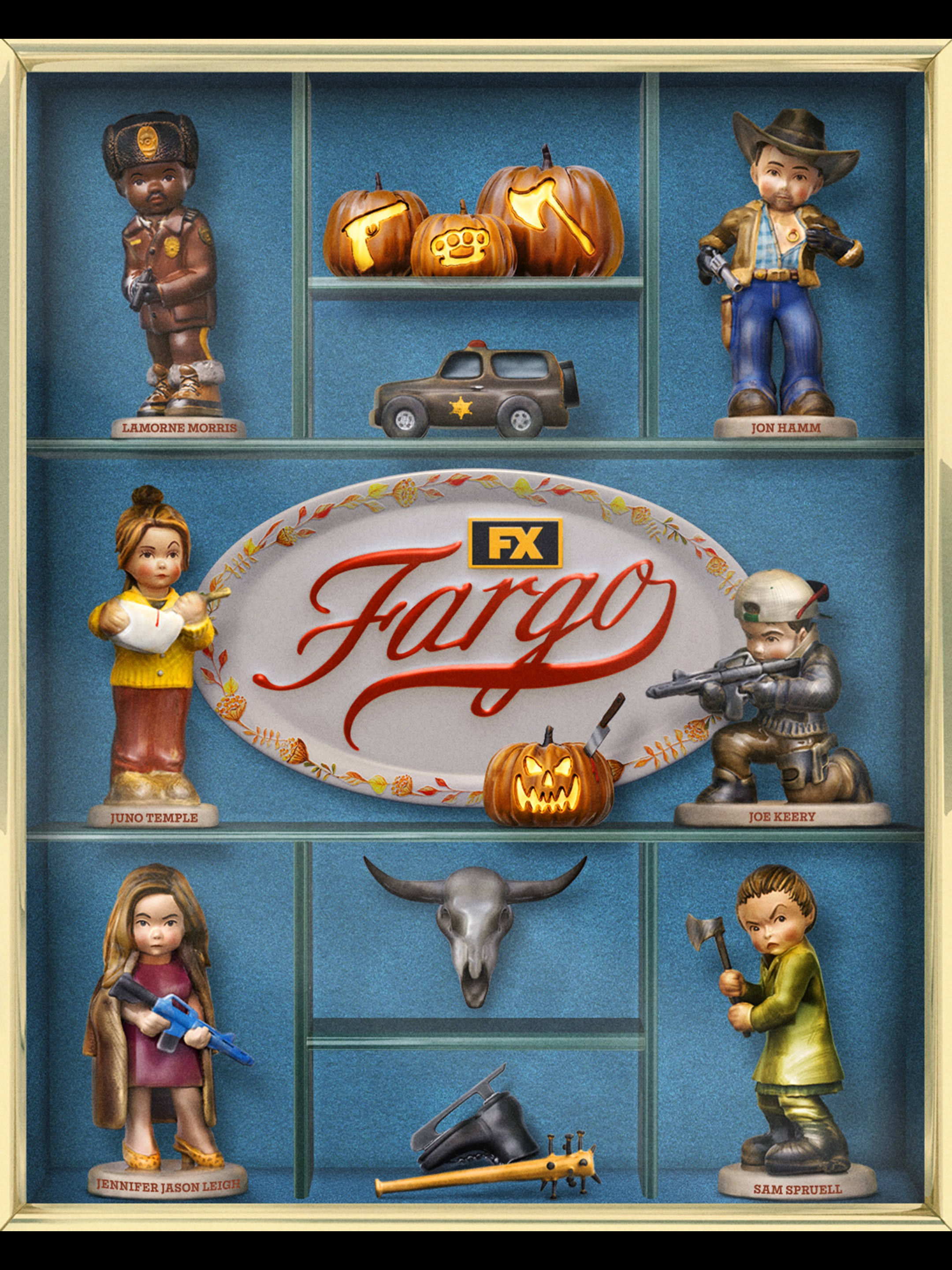
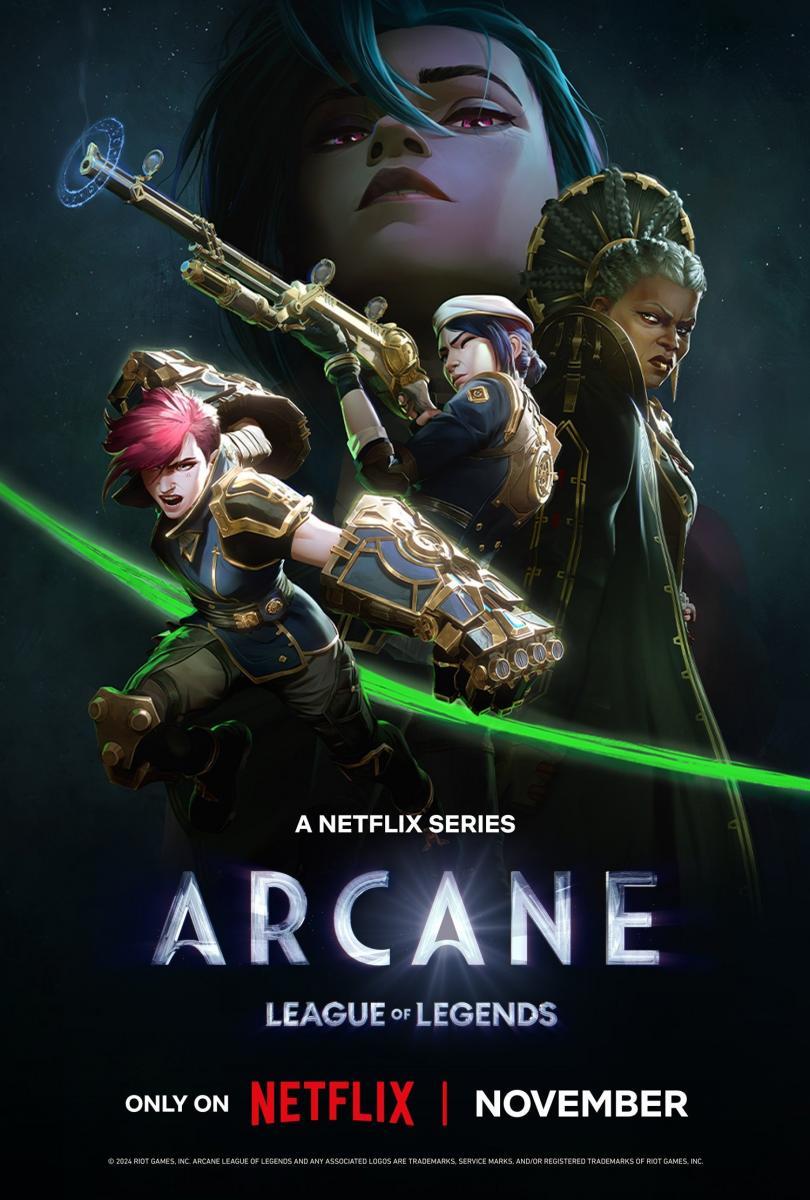

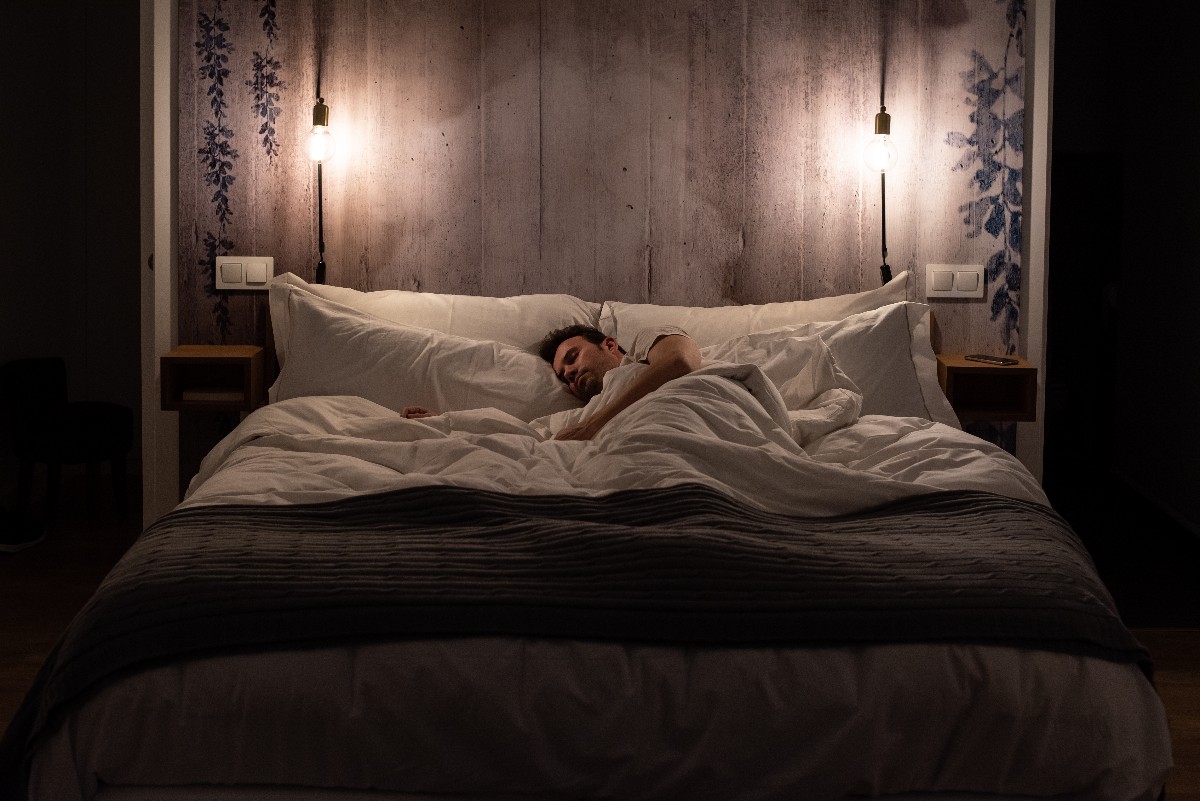








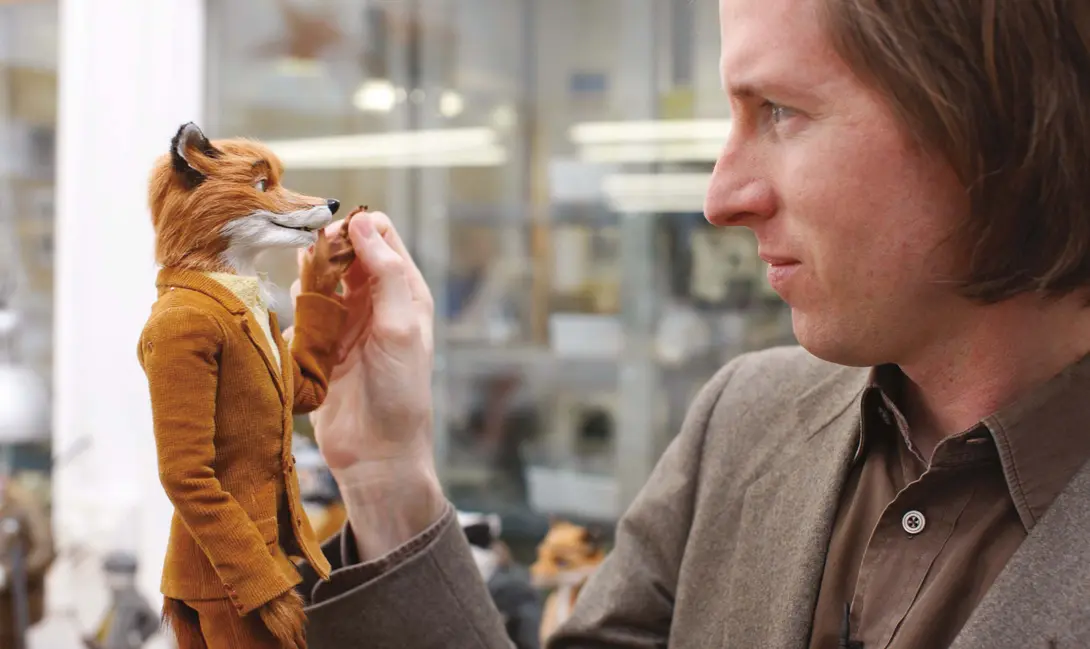

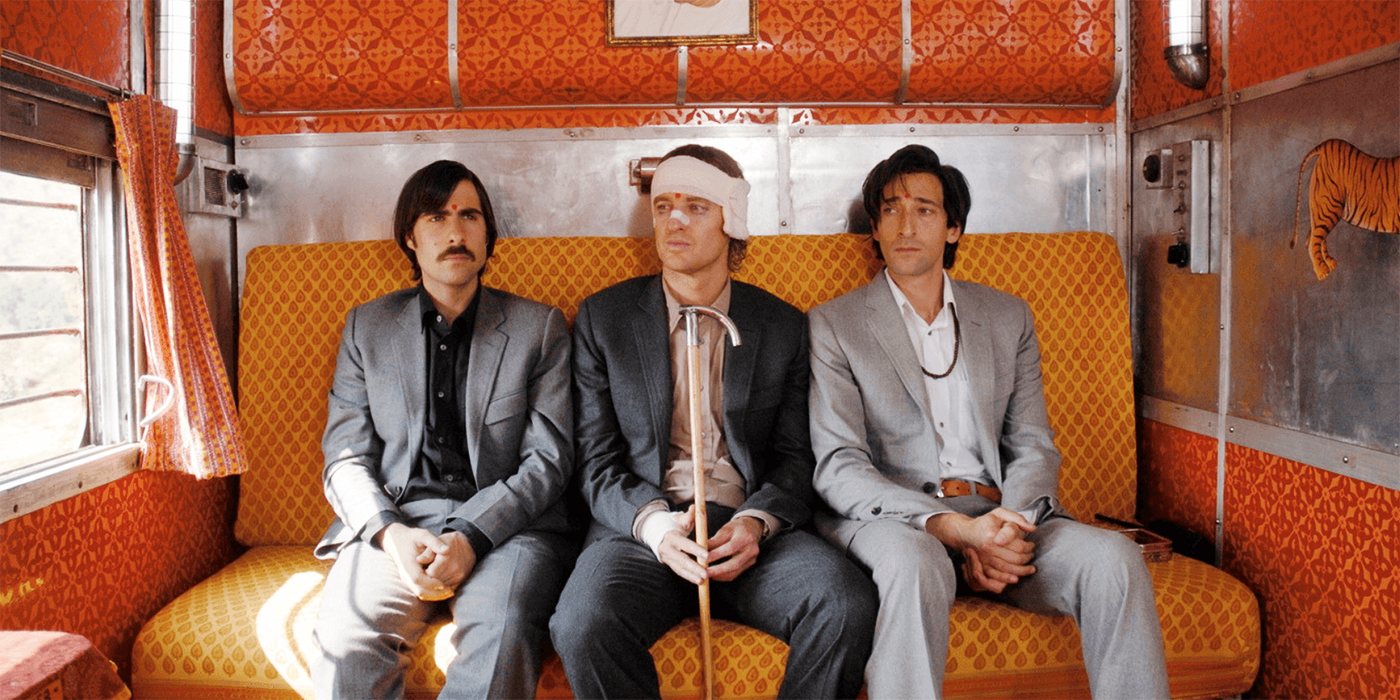

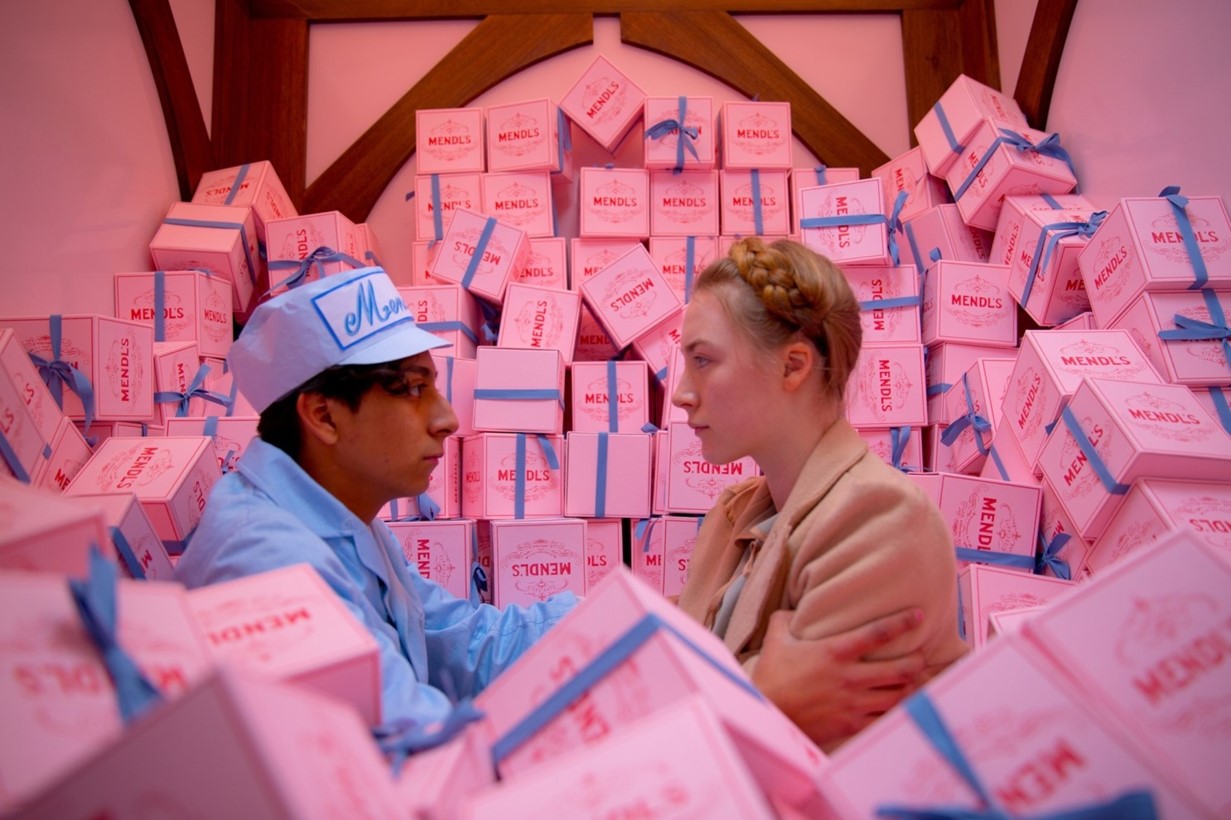
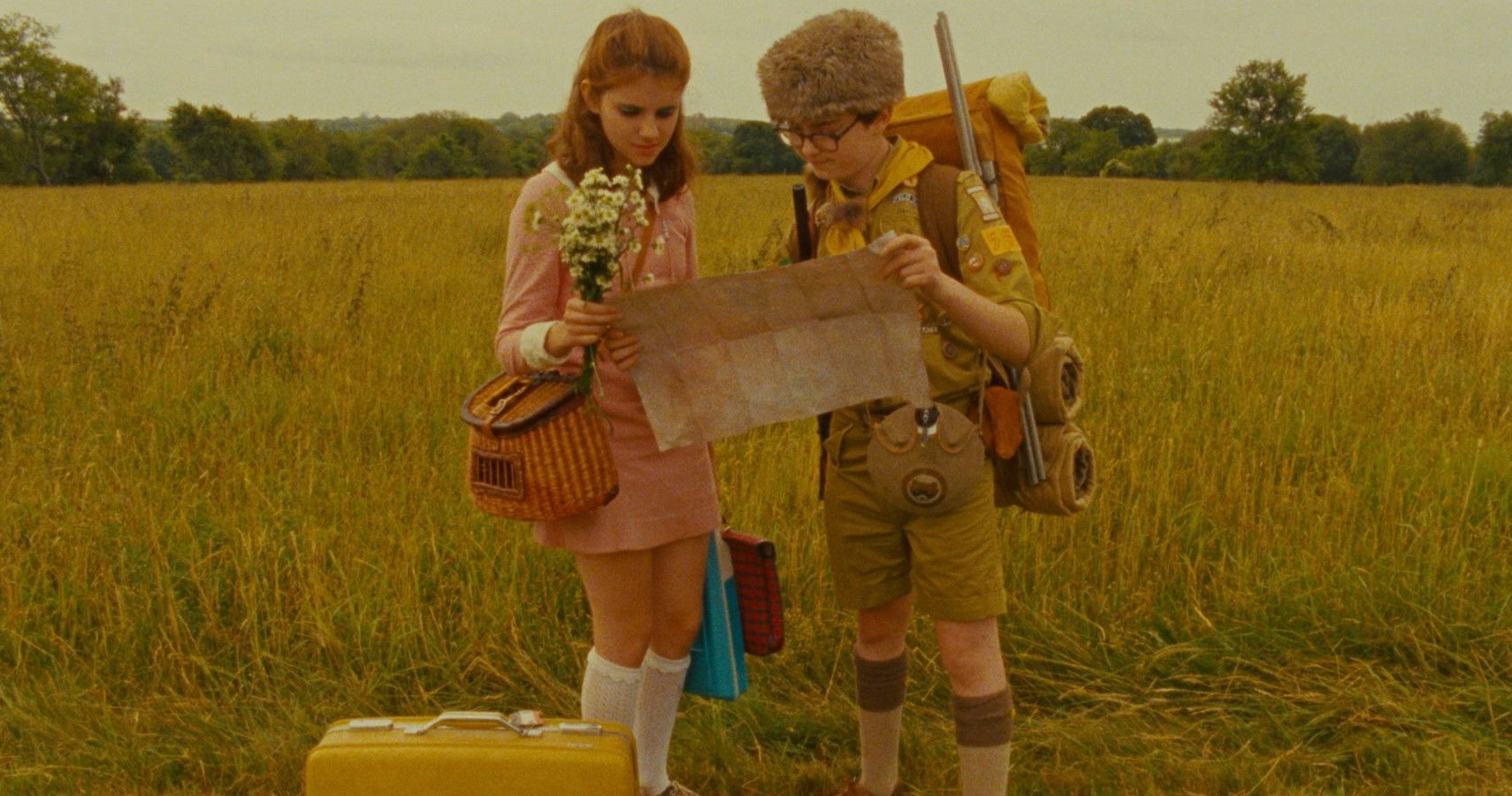
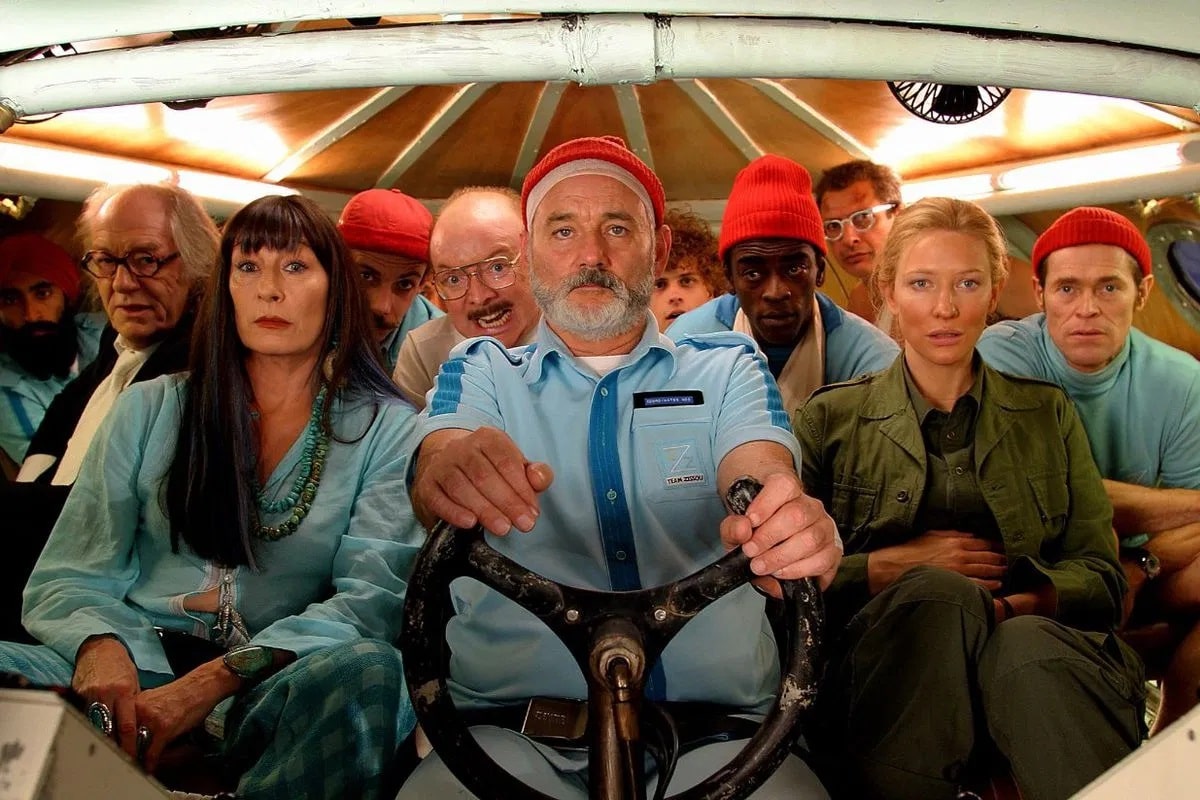
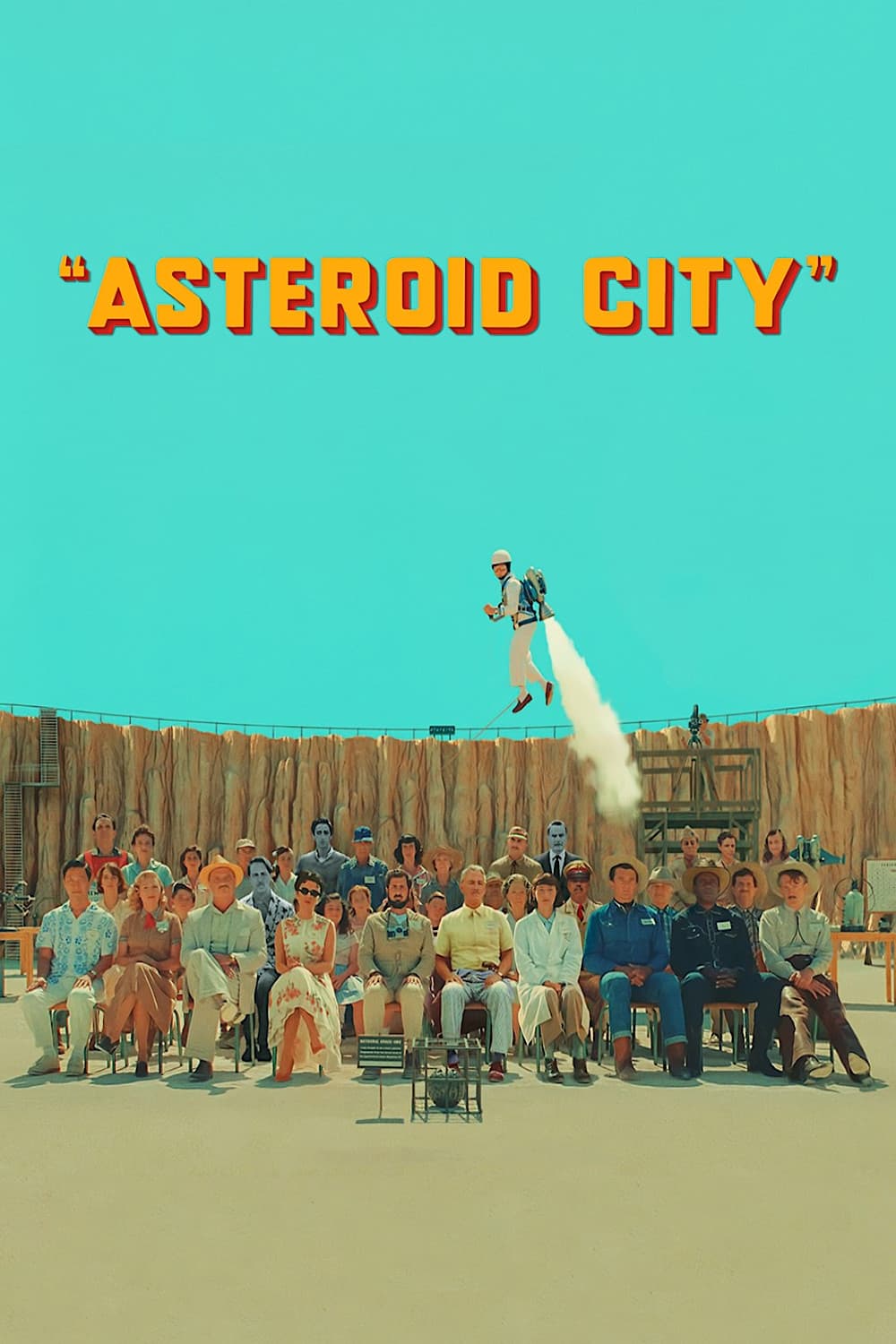
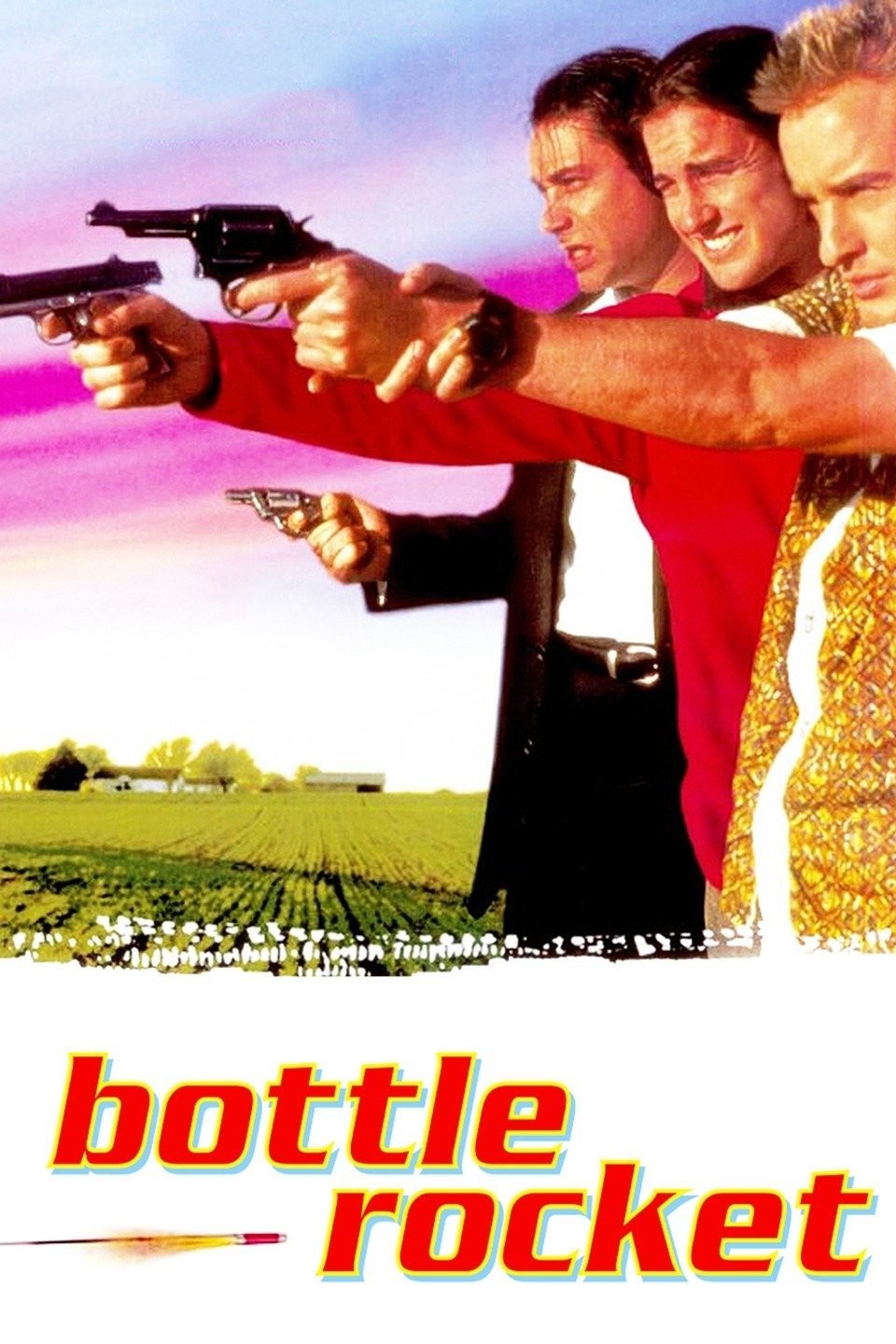
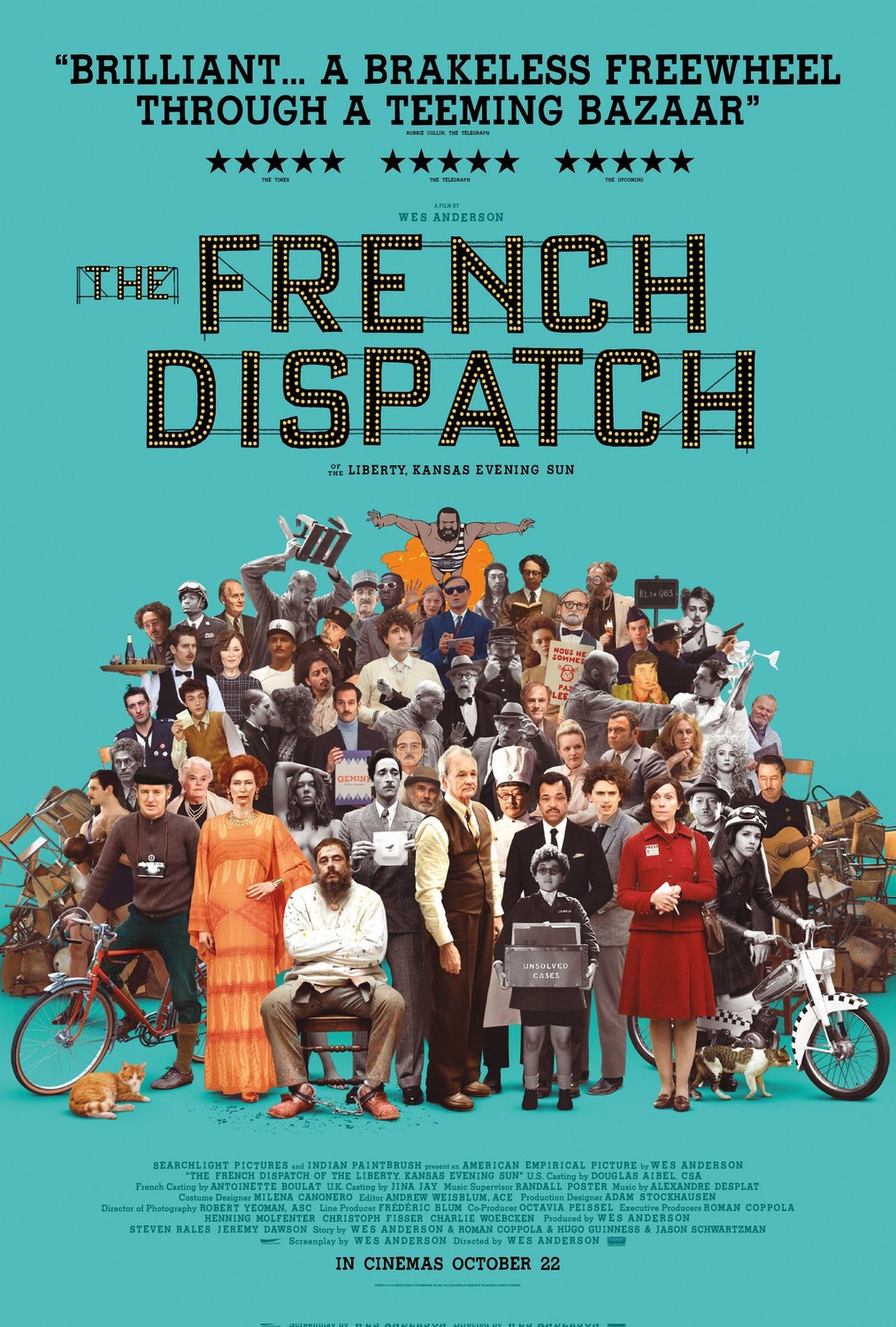
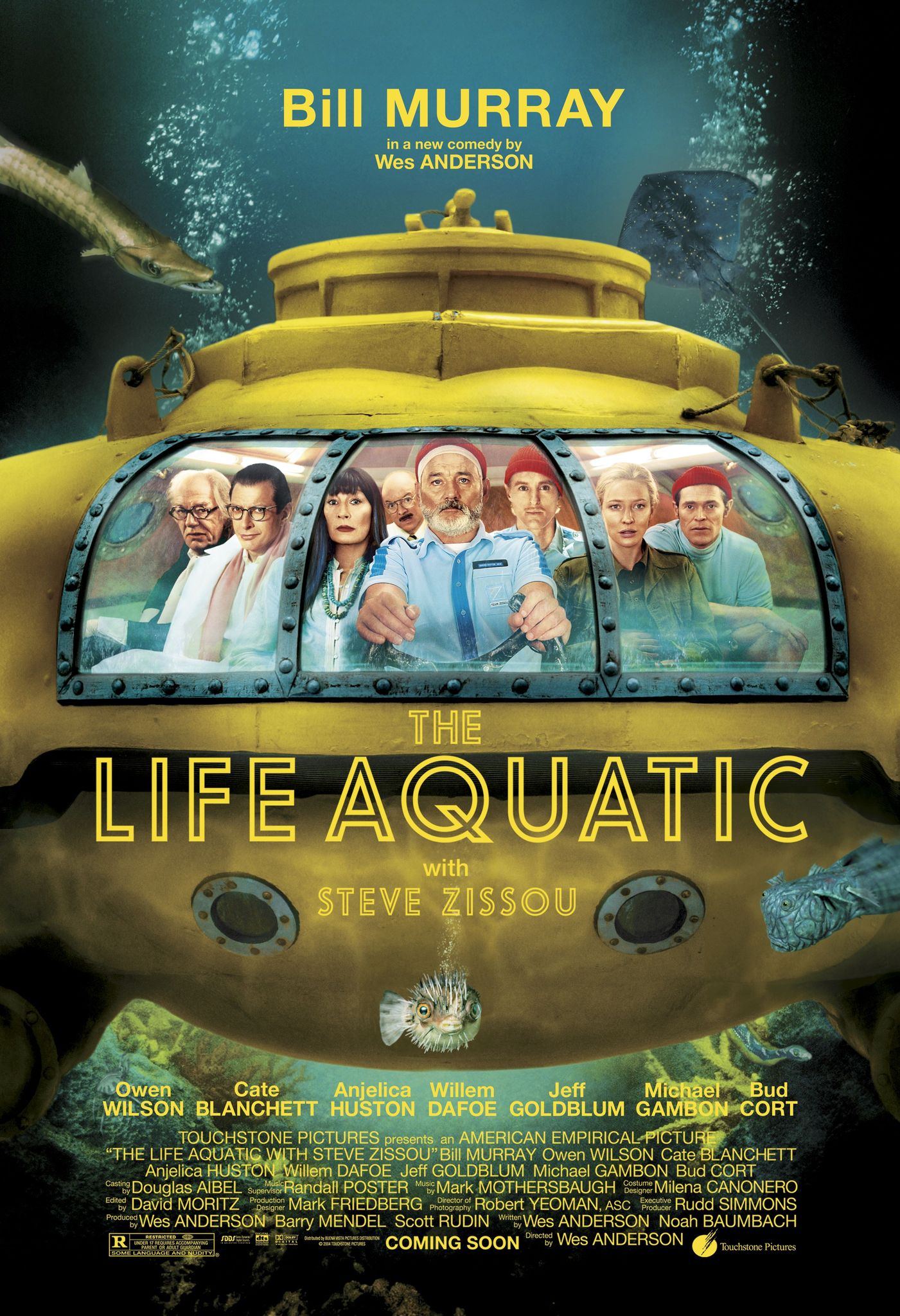
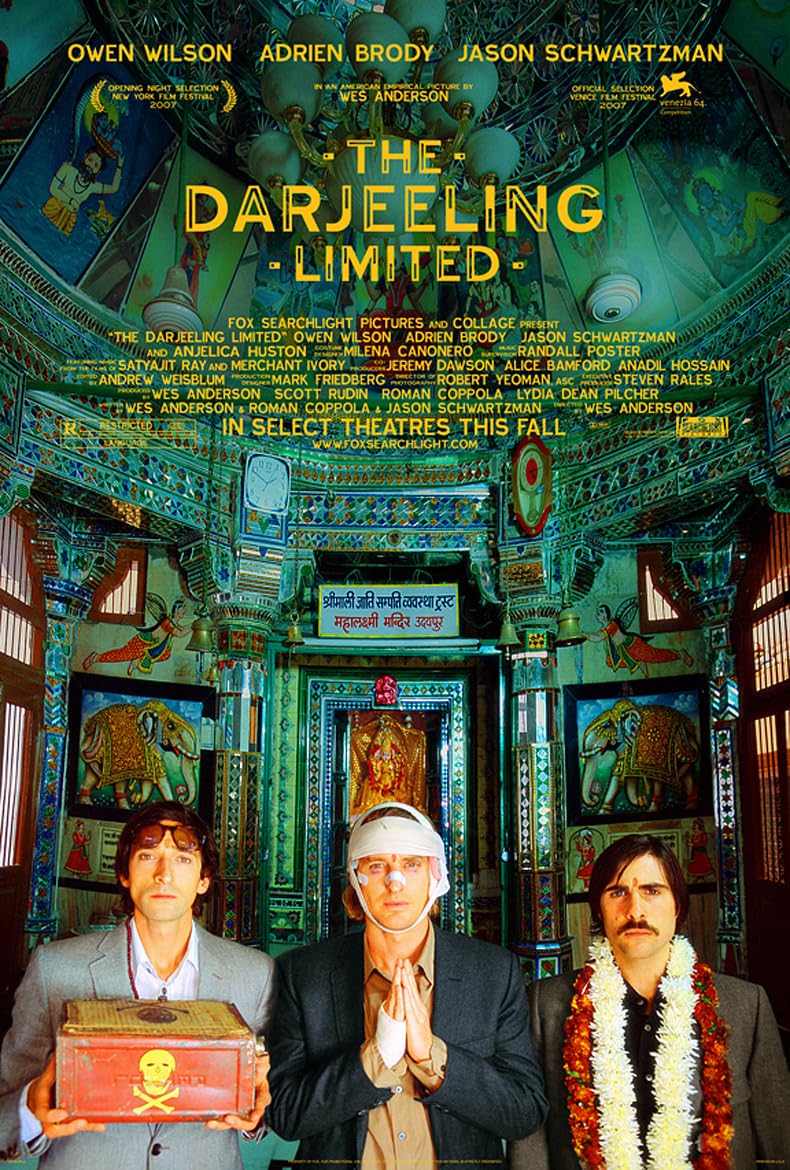

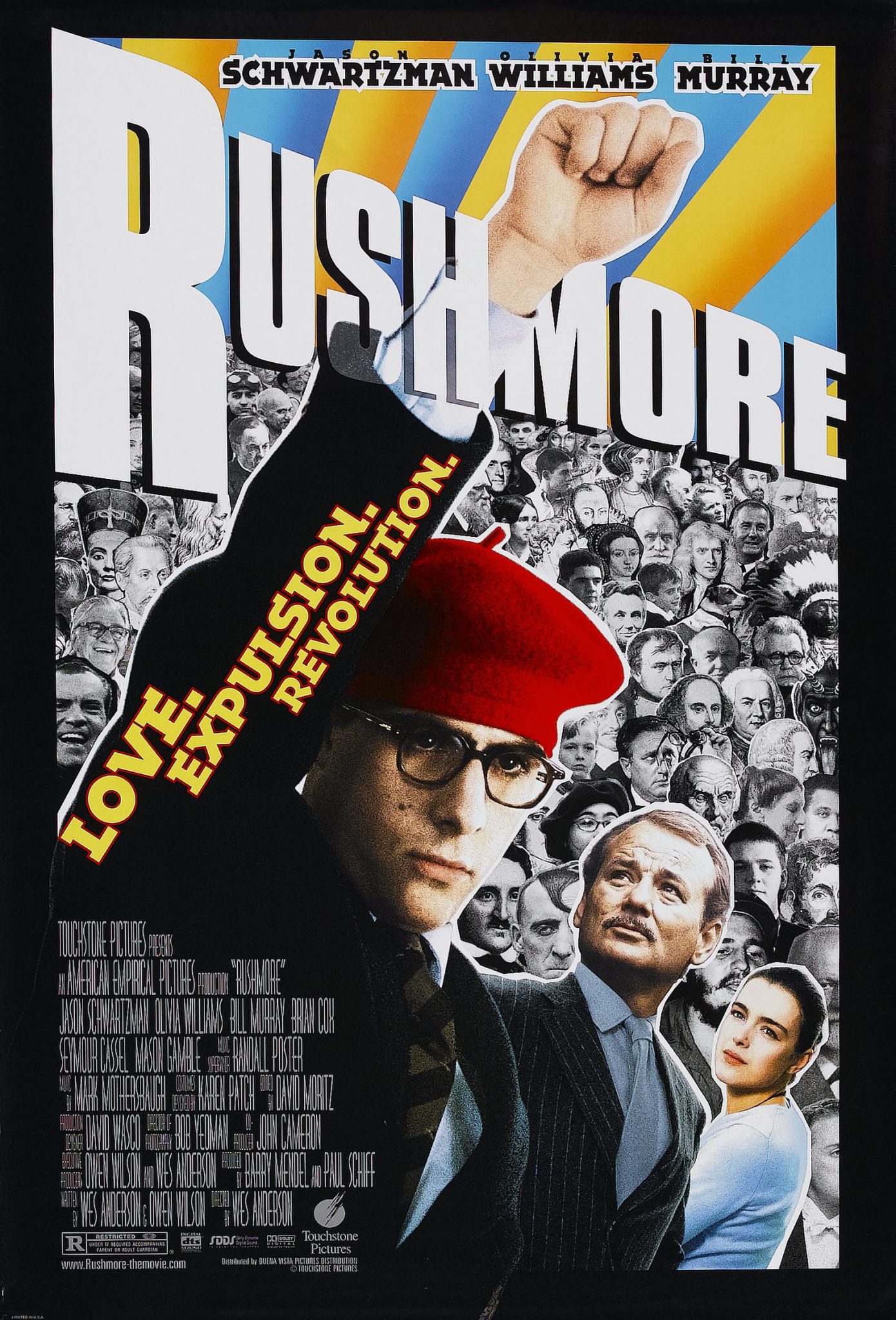

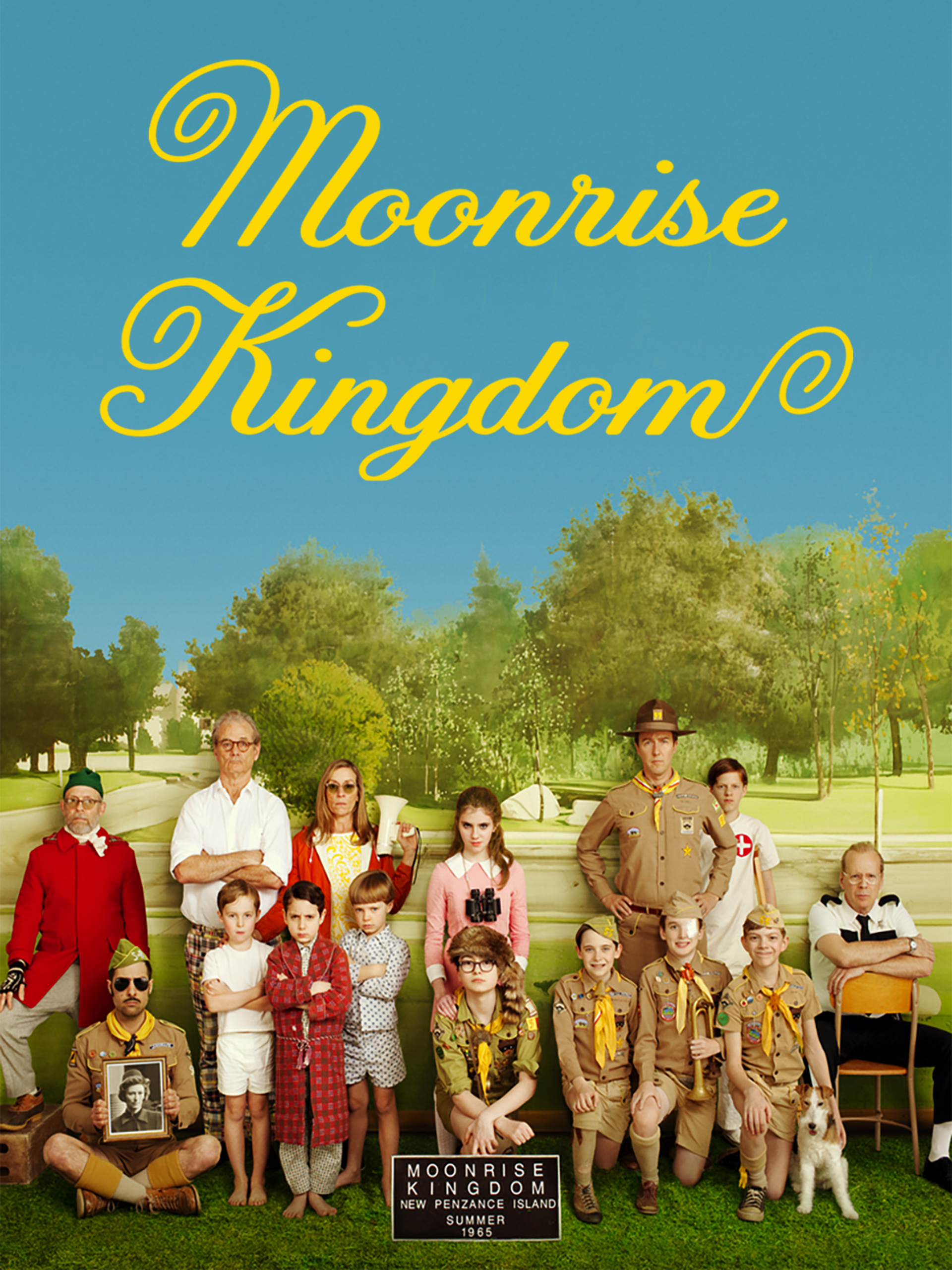
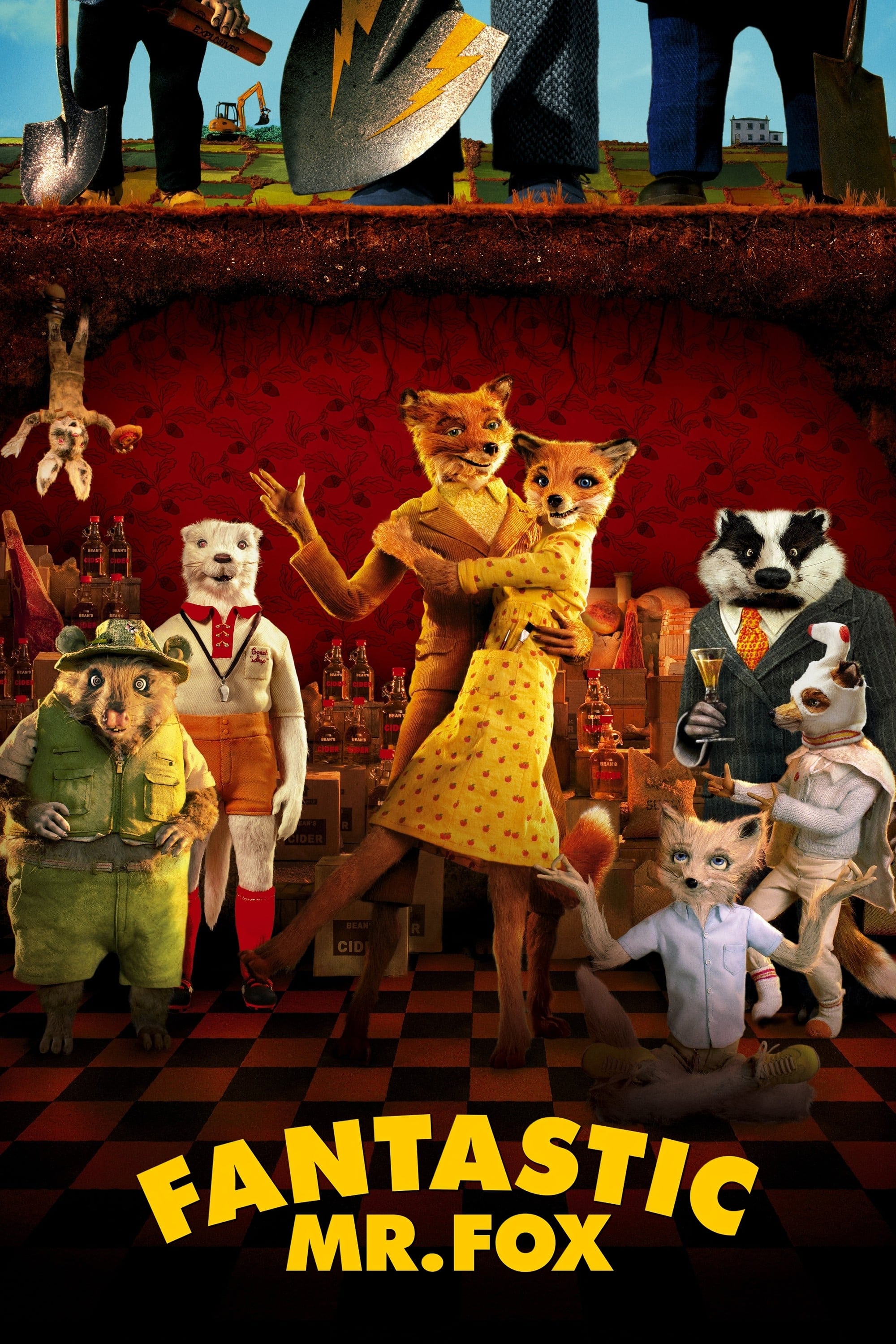





















Comentarios